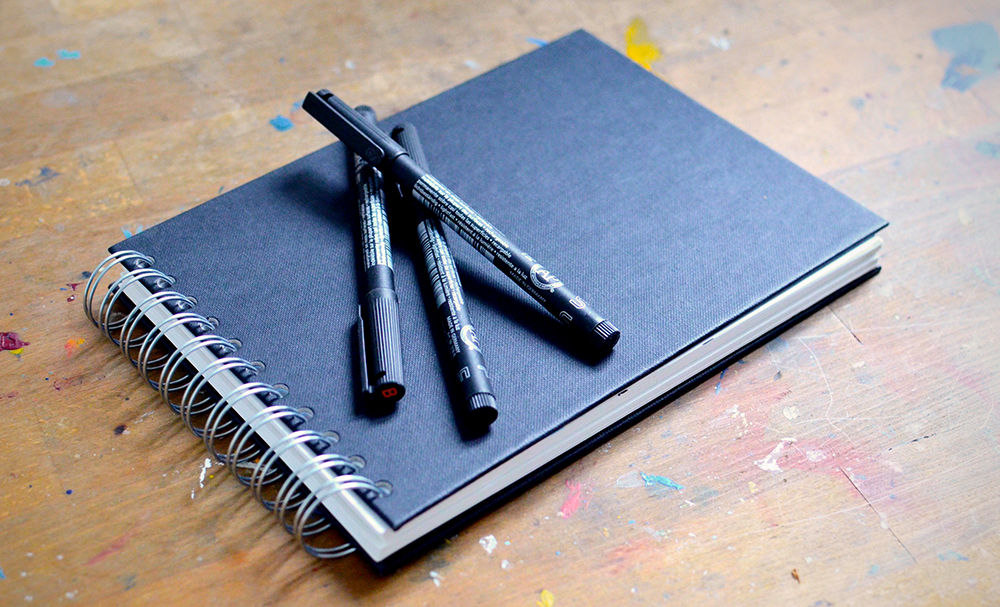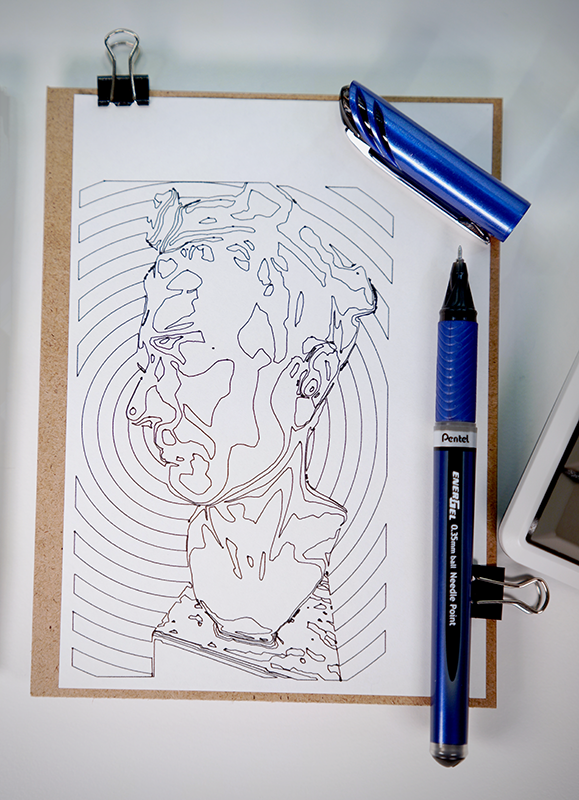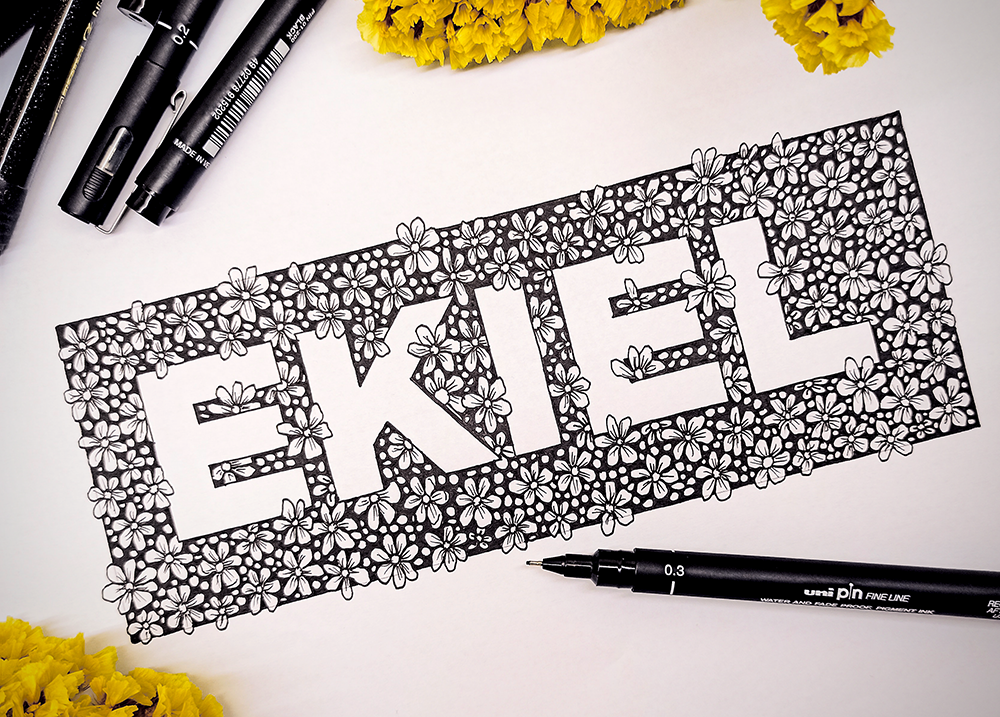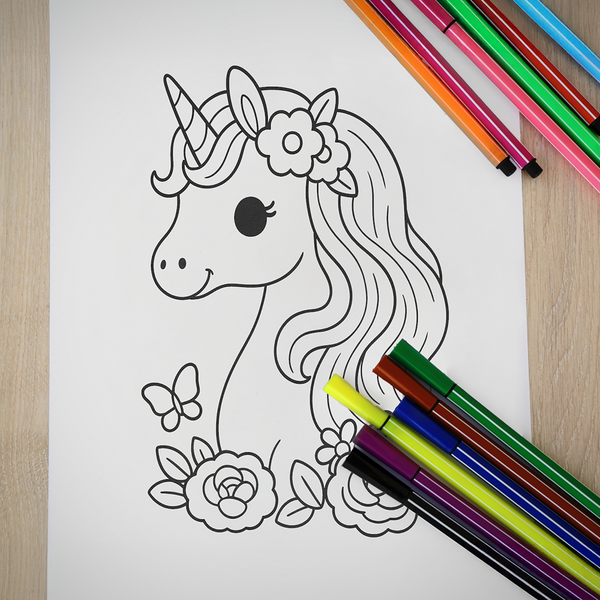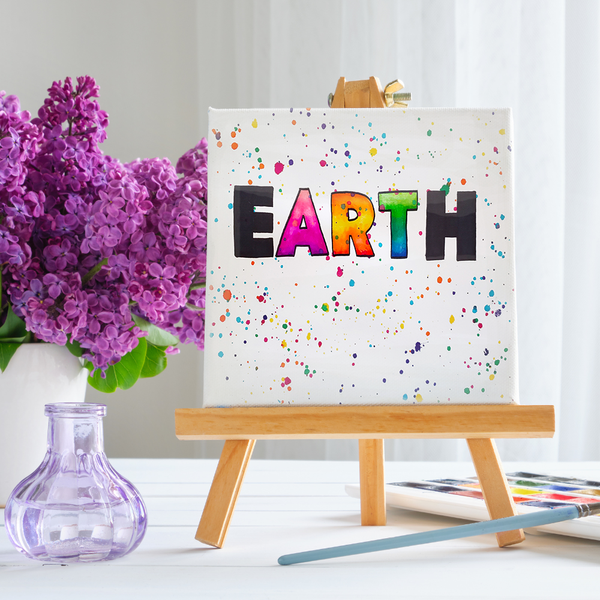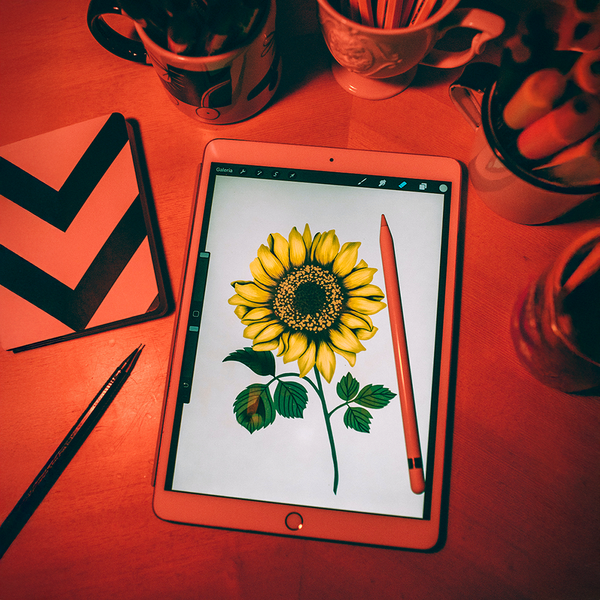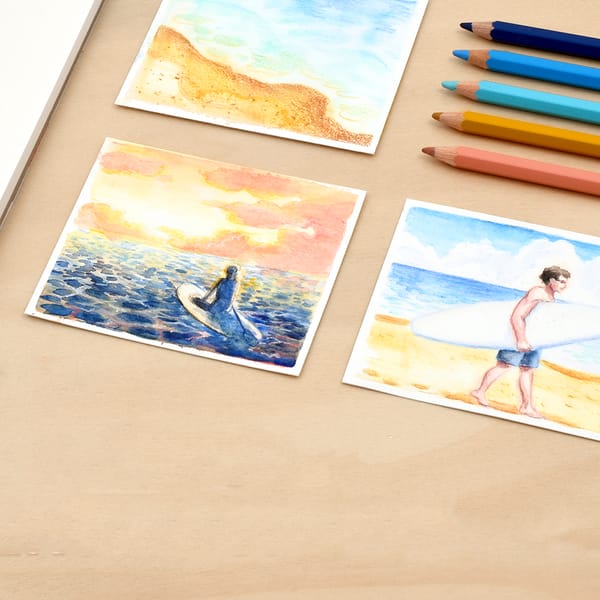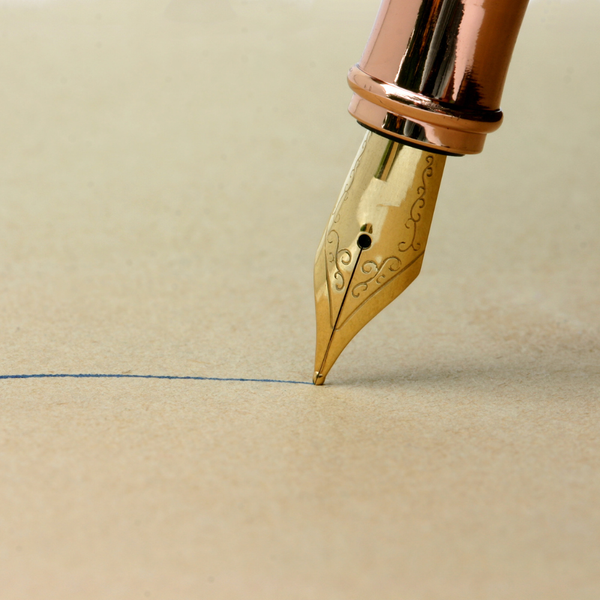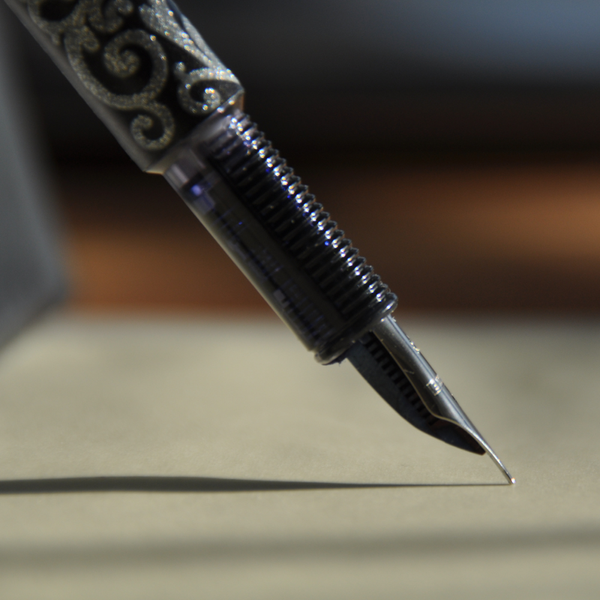Are you a budding artist looking to up your drawing game?
Or maybe you’re an experienced pro who wants to expand their supplies collection — either way, the tools of the trade can make or break your art.
When it comes to creating art, every artist has their own preferred tools and techniques.
One of the most fundamental tools in an artist's arsenal is their pen.
From sketching to calligraphy, pens are used for a wide range of artistic purposes.
But with so many different types of pens available on the market, which ones do artists actually use?
Our guide today is for all creative types out there: let's take a fun and informative look at what pens artists use!
Artists are always in pursuit of the perfect pen, a tool that translates their vision onto paper with precision and flair; from professional-grade calligraphy pens to budget-friendly felt tips, we’ll cover it all so you can find out which pen will best suit your artwork needs no matter what level you're at.
Whether this is something completely new for you, or just want to brush up on your knowledge, by the end of this article artists of every kind will know exactly which pen they should pick up next.
So, buckle your seat belts - it’s going to be an eye-opening journey!
Get ready for some serious inspiration as we dive deep into the world of art supplies today!
Key Takeaways:
- Artists use a variety of pens, including ballpoint, fountain, gel, and dip pens, each offering unique benefits for different styles and techniques.
- High-quality pens like Sakura Pigma Micron, Pentel Pocket Brush Pen, and Staedtler Pigment Liner are favored for their precision, ink quality, and versatility.
- Understanding the characteristics of each pen type, such as nib sizes, ink type, and line widths, is crucial for artists to select the best pen for their work.
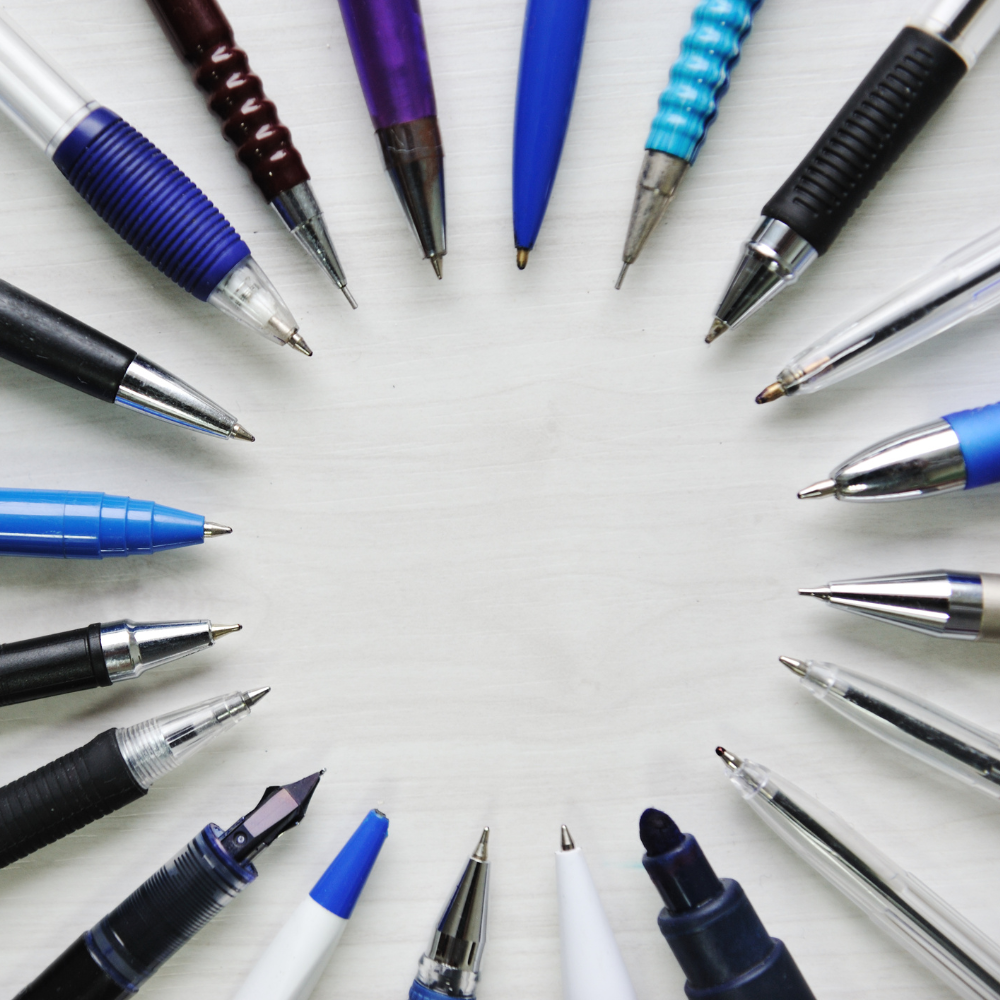
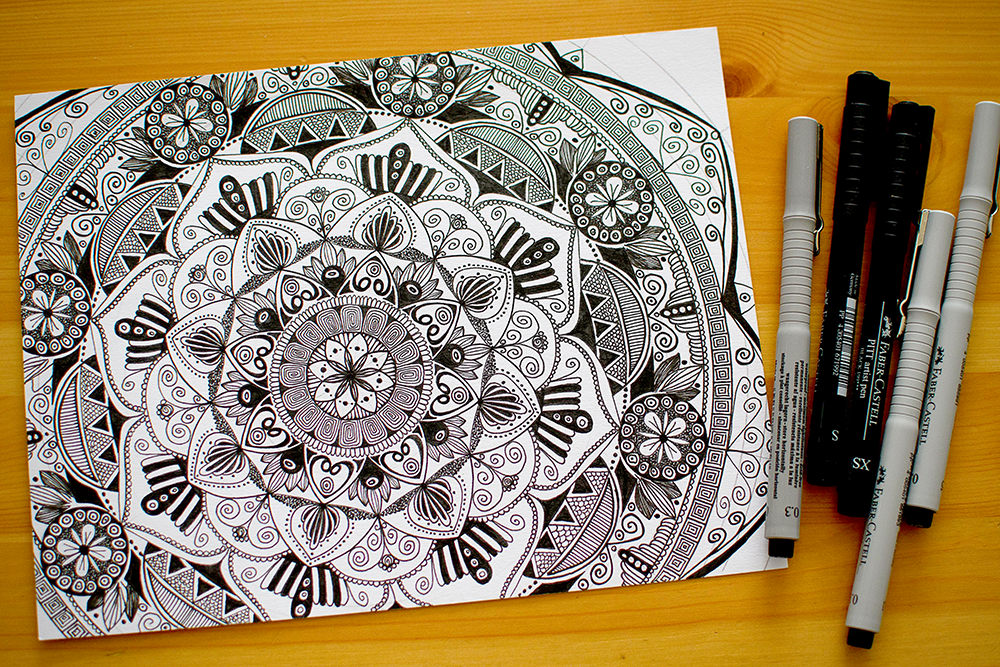
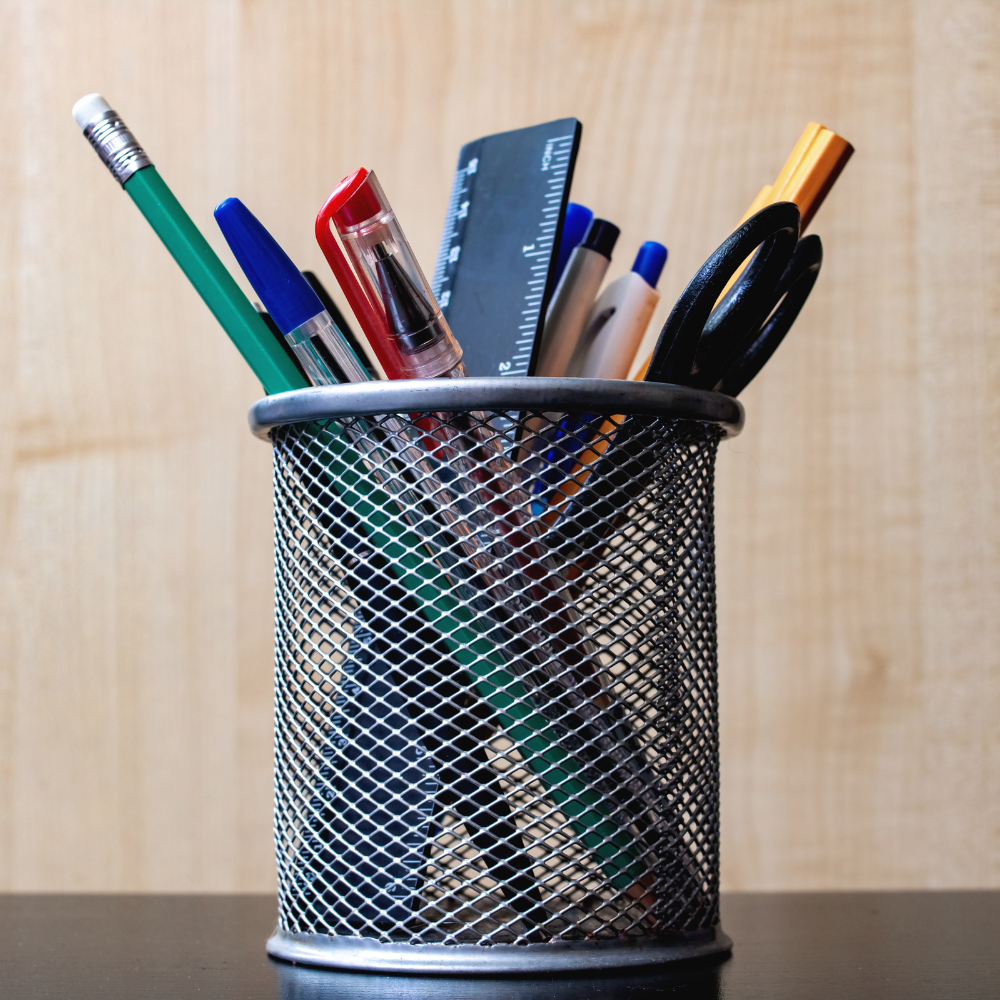
Pen Fundaments: Let's Get Technical
Before we dive into the specifics, let's cover some basics about pens that every artist should know.
- The Nib: This is the tip of the pen that comes in contact with the paper. It determines the thickness and style of lines created.
- The Ink: Different pens use different ink formulations, such as water-based or oil-based, which can affect the color, dry time, and flow of the pen.
- The Line Width: This is determined by the nib size and pressure applied. It is important for creating different line weights and textures in artwork.
Pens primarily come in three ink types: oil-based, water-based, and pigment-based.
Oil-based inks are typically found in ballpoint pens and provide smooth writing, but can take longer to dry and aren't ideal for art as they don't blend well.
Water-based inks are used in fountain pens and offer a more fluid consistency that is great for blending and shading, but can bleed on thinner paper.
Pigment-based inks are the preferred choice for artists as they offer rich colors, quick drying time, and resist water damage; these inks can be found in gel and dip pens.
Pens also come in a variety of types based on the nib (tip) size, shape, and material.
Nib sizes range from extra-fine to broad, allowing for different line widths and styles.
Shapes can vary between round, chisel, and brush tips, while materials can include metal, felt, or synthetic fibers.
Now that we have a basic understanding of pens let's take a closer look at some of the most popular types used by artists.
Ink Cartridges: The Heart of the Pen
Ink cartridges are the lifeblood of many pens for artists.
They come in various ink types, including pigment ink and dye ink, and can be replaced easily when the ink runs out.
Artists can choose cartridges based on how much ink they need and the desired color and quality.
Nib Sizes: Choosing the Right Line Width
Nib sizes play a crucial role in determining the line width and style of an artist's work.
From fine point to broad nibs, the size of the nib affects the flow of ink and the type of lines that can be created.
Artists must consider the nib size when selecting the right pen for their project.
Refillable Cartridges: Sustainable and Customizable
Refillable cartridges are an eco-friendly option for artists who use pens frequently.
These cartridges can be filled with the artist's ink of choice, allowing for a customized drawing experience.
They are often found in fountain pens and brush pens, providing a high-quality pen that can be used repeatedly.
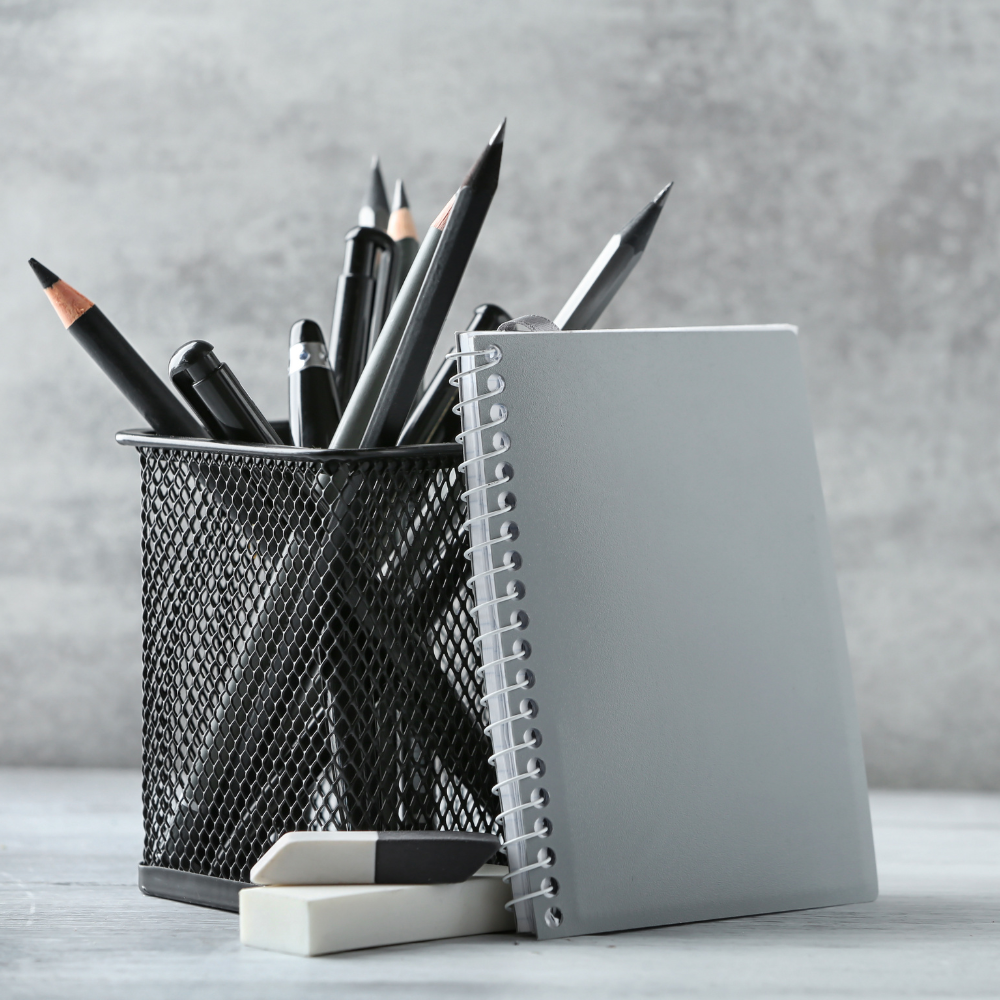
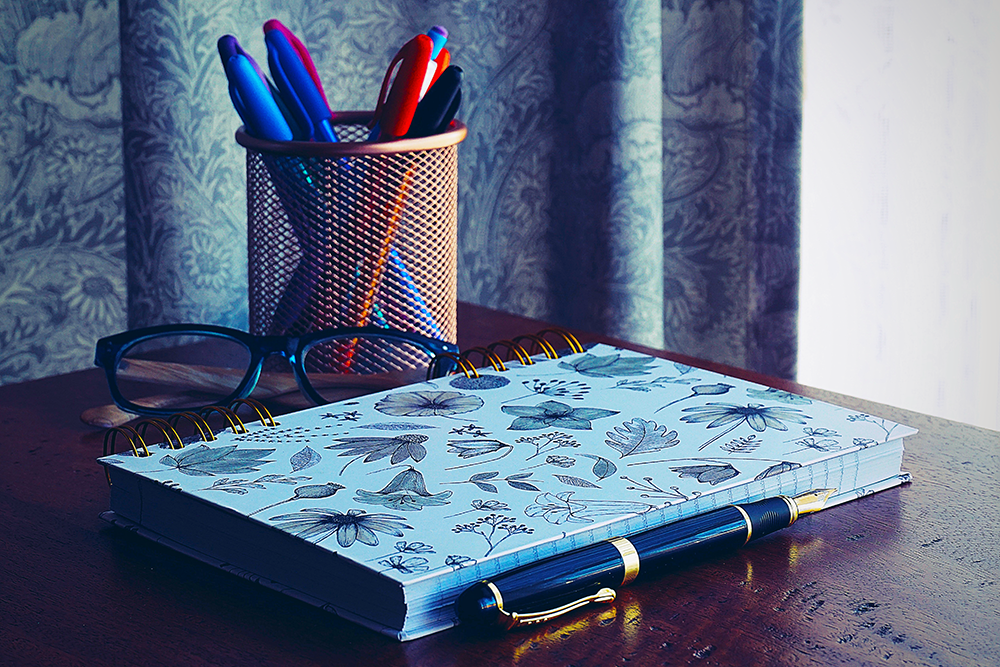
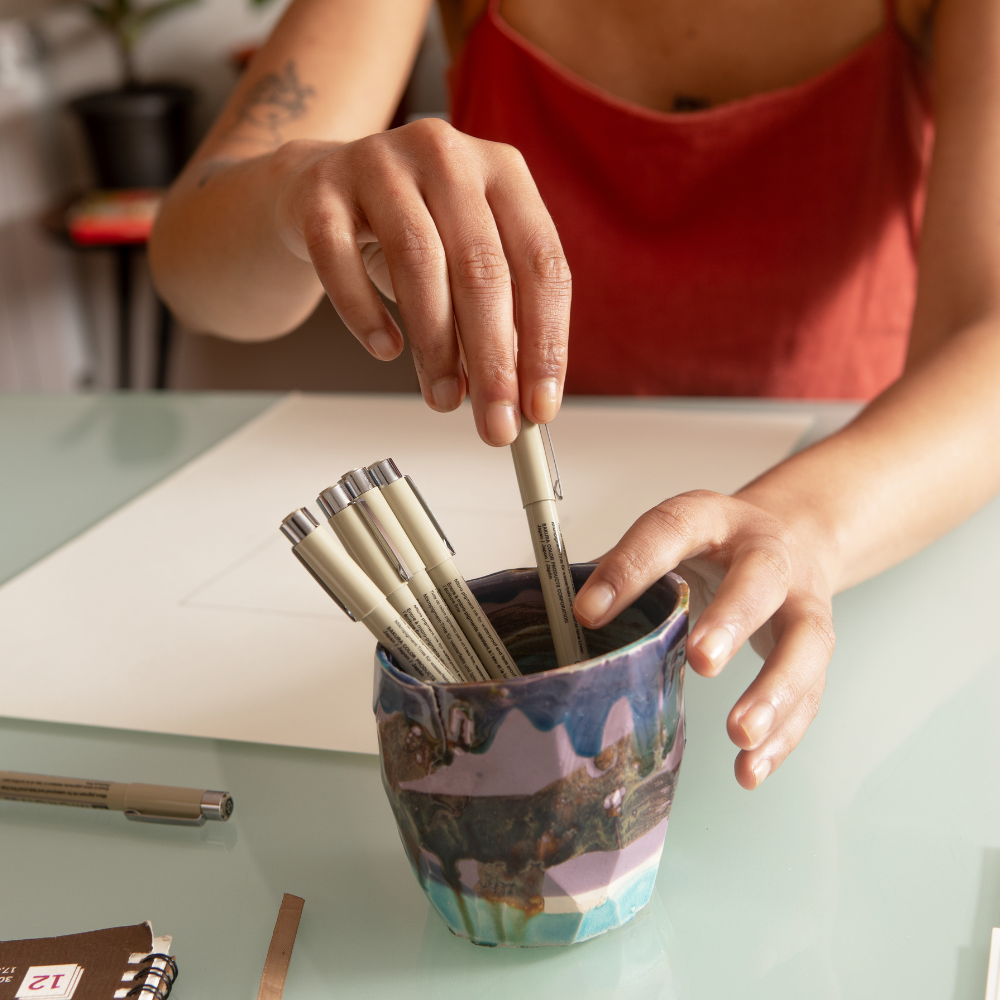
Ballpoint Pens: The Everyday Classic
Ballpoint pens are a staple in any artist's toolkit.
Known for their convenience and durability, these pens are versatile and can be used for sketching, doodling, or detailed drawings.
The oil-based ink in ballpoint pens dries quickly, reducing the risk of smudging, and they are capable of producing both thin and thicker lines depending on the amount of pressure applied.
However, their rigidness can make it difficult to create variations in line weight and intricate details.
Ballpoint pens are great for beginners as they offer an affordable option that is easy to use and maintain. But for professional artwork, artists usually turn to other types of pens with more flexibility.
Fountain Pens: The Traditionalist's Choice
Fountain pens, revered for their smooth flow and elegant design, are a traditional choice for artists who appreciate a classic touch.
The use of water-based ink cartridges or refillable converters allows for a range of dye ink colors.
Fountain pens are excellent for creating expressive lines and are particularly well-suited for fine art applications.
Their flexible nibs make it easy to create both thick and thin lines, adding depth and character to illustrations.
However, fountain pens require more maintenance and can be pricey, making them a better option for experienced artists who want to invest in high-quality tools.


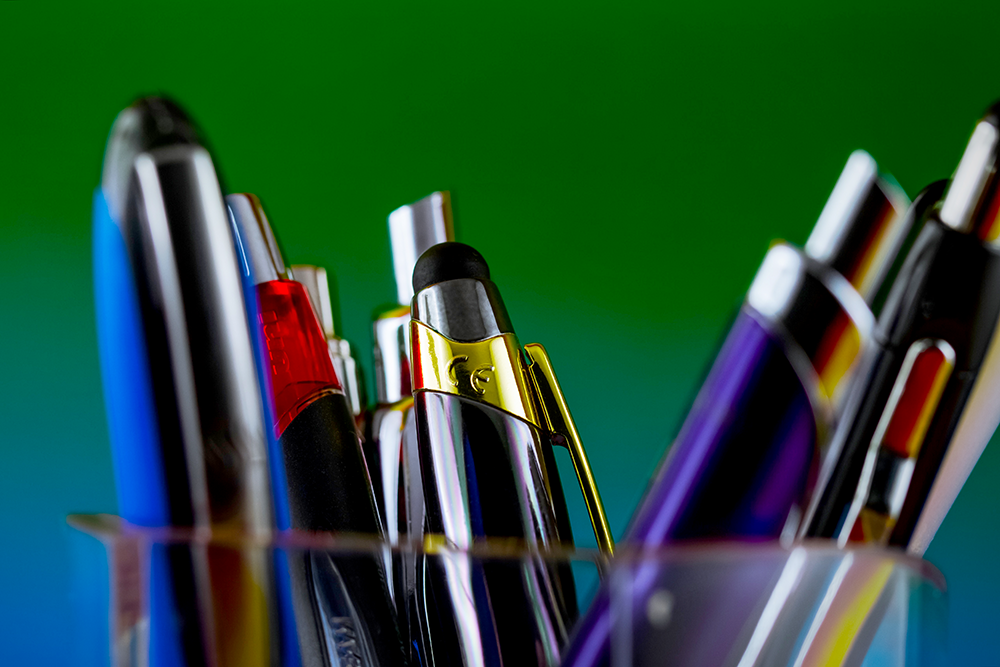
Gel Pens: The Bold and Vibrant
Gel pens stand out for their vibrant color output and smooth ink flow.
The gel-based ink provides a consistent line and works well on both light and dark paper.
Artists often use gel pens for adding highlights, details, or for work that requires a pop of color.
They come in a variety of nib sizes and offer more precision compared to ballpoint pens.
However, gel pens can be prone to skipping and smudging, making them less suitable for fine details or highly-detailed work.
As with other pen types, quality varies between brands, so it's essential to experiment with different options before settling on a favorite.
Dip Pens: The Versatile Calligrapher's Tool
Dip pens provide an old-world charm and a level of customization that is unmatched by other pens.
Artists can choose from various nib sizes and shapes, as well as a wide selection of ink types, including pigment ink and dye ink.
Dip pens are ideal for creating expressive lines and are often used in calligraphy and traditional illustration.
Dip pens, also known as nib pens, are a classic choice for calligraphy and hand lettering enthusiasts.
They consist of a metal nib that is dipped into ink before each stroke, providing maximum control and flexibility over the line width and pressure applied.
Artists can achieve a wide range of effects using dip pens, from delicate hairlines to bold strokes and everything in between.
They are also a popular choice for creating textures and patterns.
However, dip pens require precision and patience, making them more suitable for experienced artists.
They also require frequent dipping into ink, which can be messy and time-consuming.
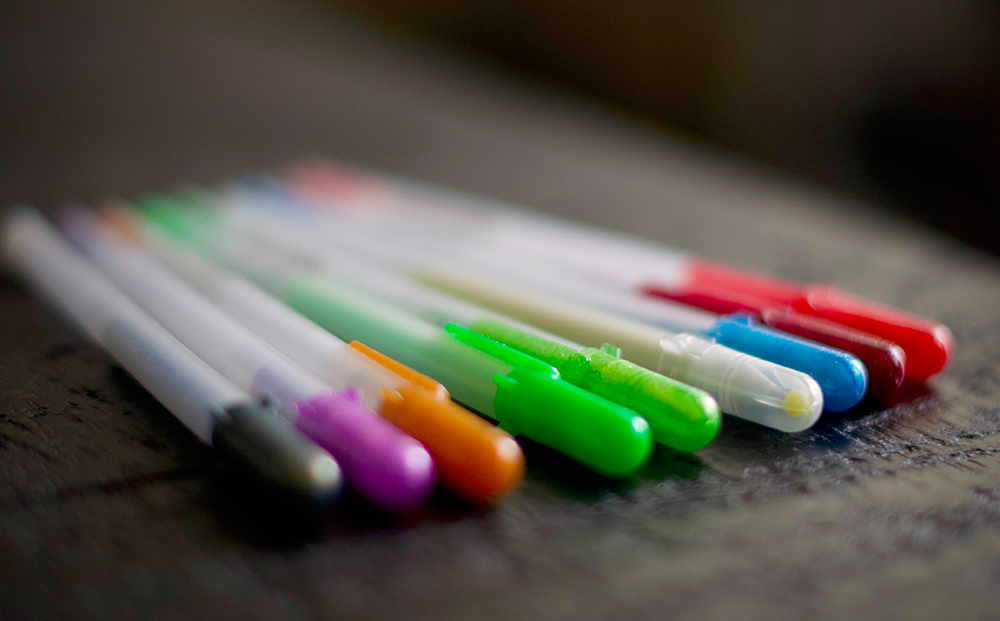
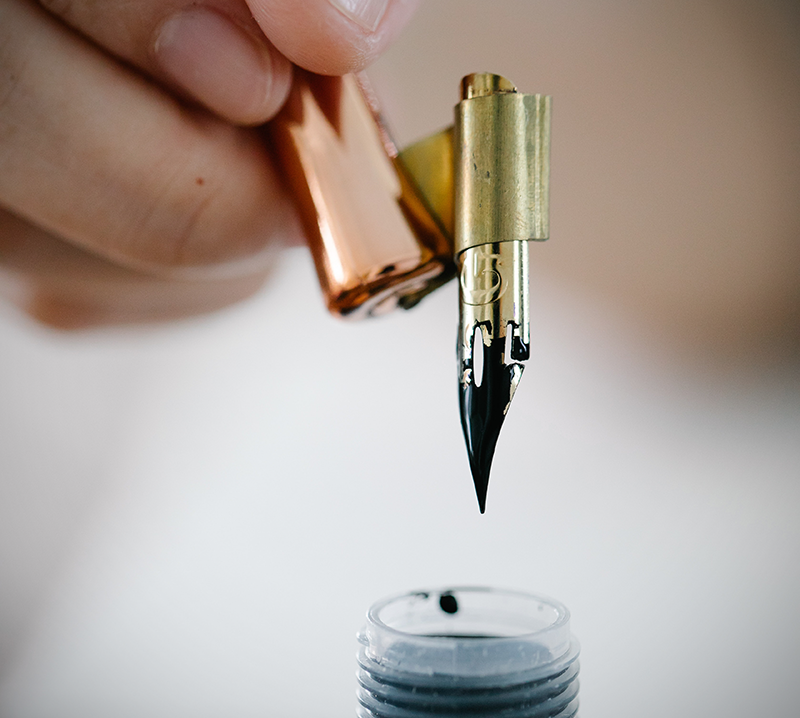
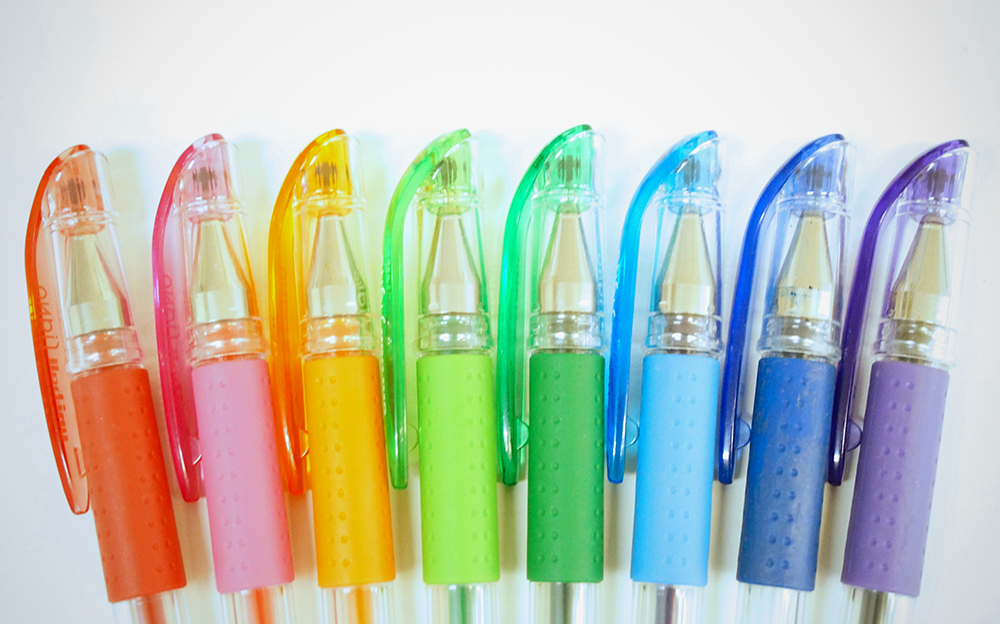
Brush Pens: For Expressive Strokes
Brush pens are a versatile tool that combines the flexibility of brush strokes with the convenience of a pen; they are favored for their ability to create expressive lines and textures.
The flexible brush nibs can produce a range of line widths, from very fine to broad, allowing artists to add a dynamic quality to their work.
They come in both disposable and refillable options, with water-based pigment ink providing rich, vibrant colors.
Their brush-like nibs allow artists to create precise lines or broad strokes by adjusting the pressure applied.
Brush pens are particularly popular for creating illustrations, comics, and manga due to their ability to produce a range of linework styles.
However, they may take some time to get used to for those transitioning from traditional brushes or pens.
Rollerball Pens: Smooth and Reliable
Rollerball pens are known for their smooth ink flow and consistent line quality.
They are a reliable choice for artists who require precision without the need for constant ink refills.
The water-based ink in rollerball pens is often preferred for its rich, dark lines.
They are particularly well-suited for technical drawing, sketching, and outlining.
However, rollerball pens can be expensive, and different brands may produce varying results.
Therefore it is essential to experiment with different options to find the right one that fits your needs.
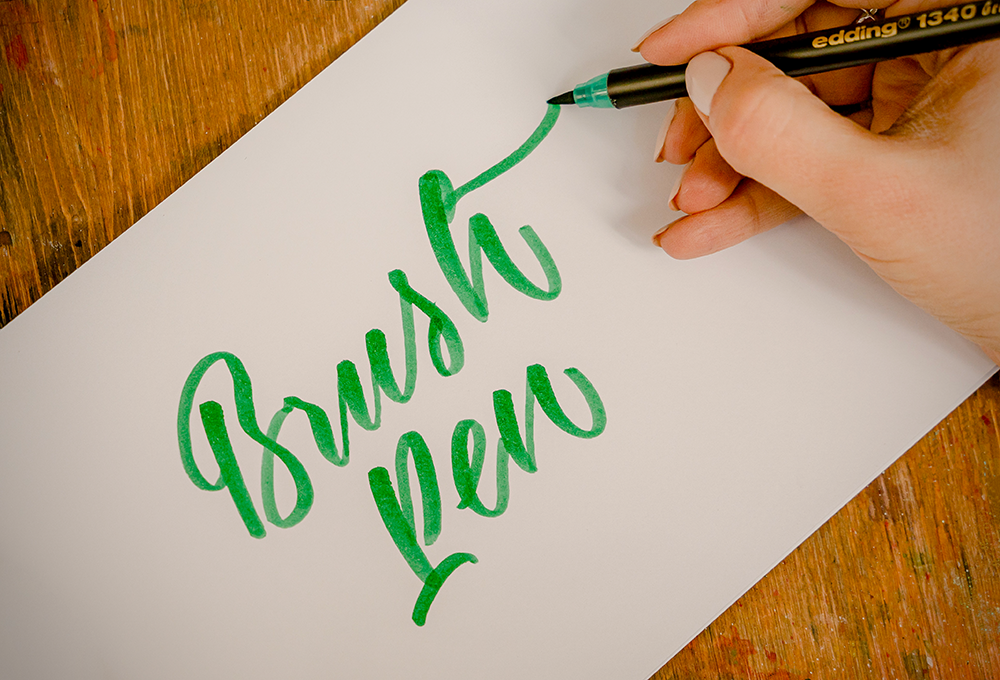
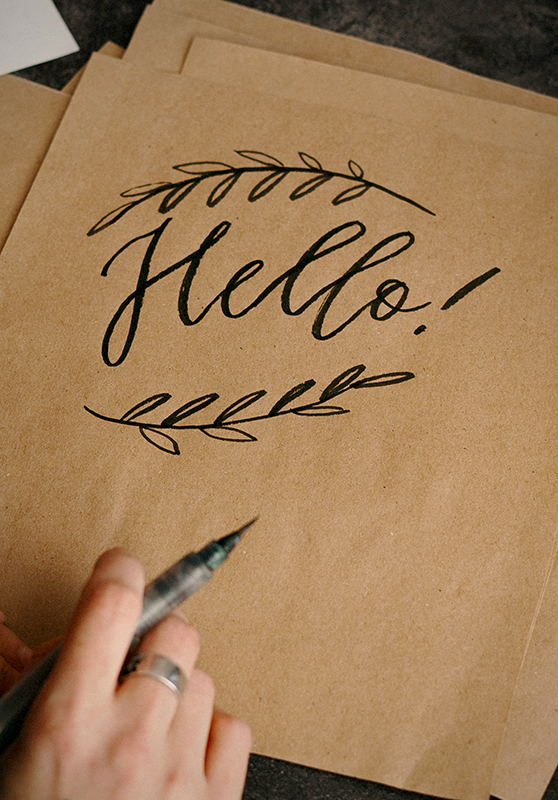
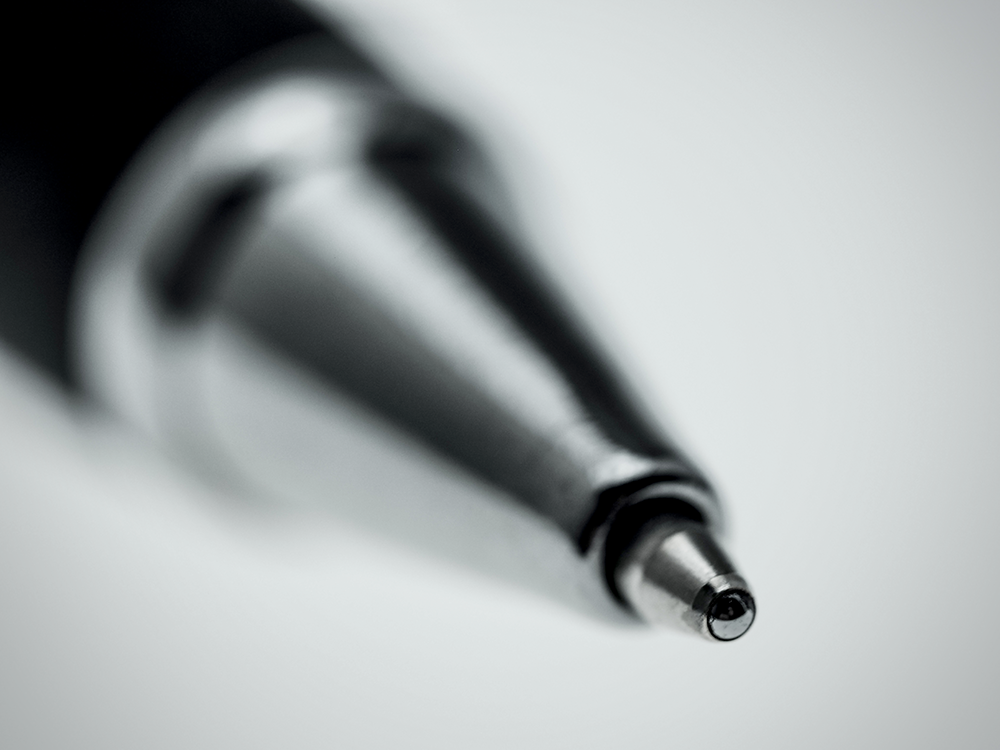
Archival Pens: Preserving Art for Posterity
Archival pens are designed to stand the test of time.
Their pigment-based ink is resistant to fading, water, and chemicals, making them an excellent drawing tool for fine art that needs to last.
Artists who work on projects for exhibition or sale often rely on archival pens for their longevity.
They come in both disposable and refillable options, with varying nibs sizes to cater to different styles.
However, their high-quality ink often comes at a higher price point, making them more suitable for professional artists or serious hobbyists.
Fine Tip Pens: For the Finest Details
Fine tip pens are the go-to for artists who specialize in detailed work.
These pens allow for the creation of thin lines and fine details with precision.
They are often used in conjunction with thicker lines to add depth and complexity to drawings.
Fine tip pens are available in a range of nib sizes and can come in ballpoint, gel, or fountain pen form.
They are also popular for writing and note-taking.
However, fine tip pens may not be suitable for all types of paper or techniques as they can cause damage to some surfaces due to their sharpness.
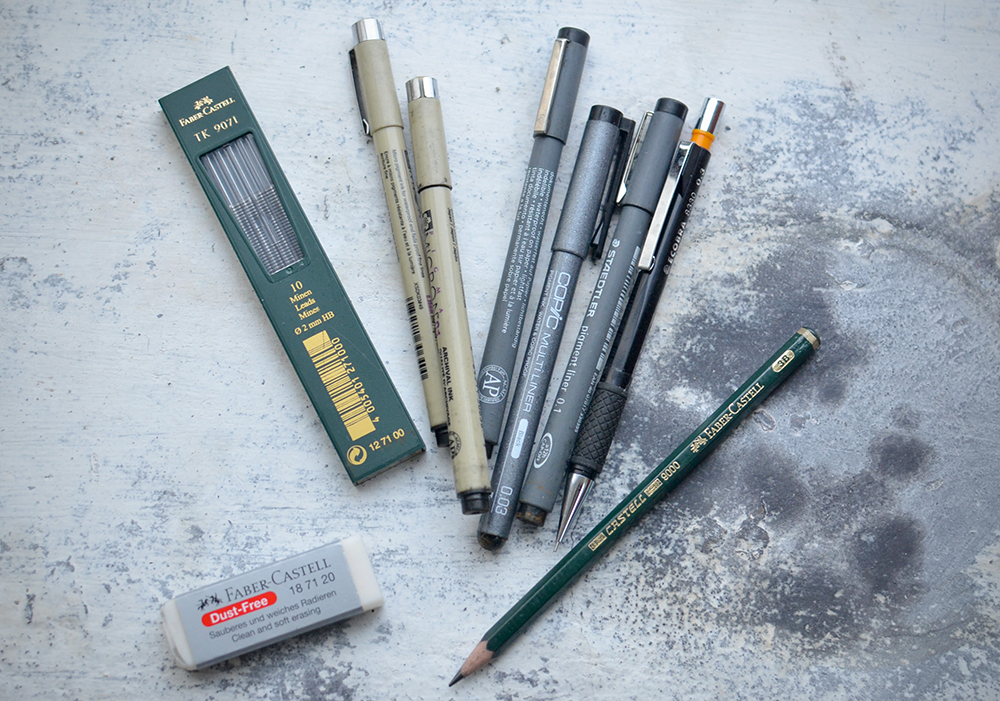


Disposable Pens: Convenient and Cost-Effective
Disposable pens are a practical choice for artists who prefer not to worry about refilling ink cartridges.
These pens come in a variety of nib sizes and ink types, offering convenience without sacrificing quality.
They are perfect for artists on the go or those who like to have a fresh pen ready at all times.
Disposable pens are more affordable compared to refillable options, making them a great choice for beginners.
However, they can be wasteful and may not provide the same level of precision and ink quality as their refillable counterparts.
Alcohol Markers: Bold and Blendable
Alcohol markers are not pens in the traditional sense, but they are an essential part of many artists' pen sets.
They offer bold, saturated colors that can be blended seamlessly.
The alcohol-based ink dries quickly and works well on various surfaces, including rough paper.
Artists often use alcohol markers in conjunction with pens, adding depth and vibrancy to their work.
However, these markers can be expensive and require careful handling as they are prone to bleeding and may not be suitable for detailed work.
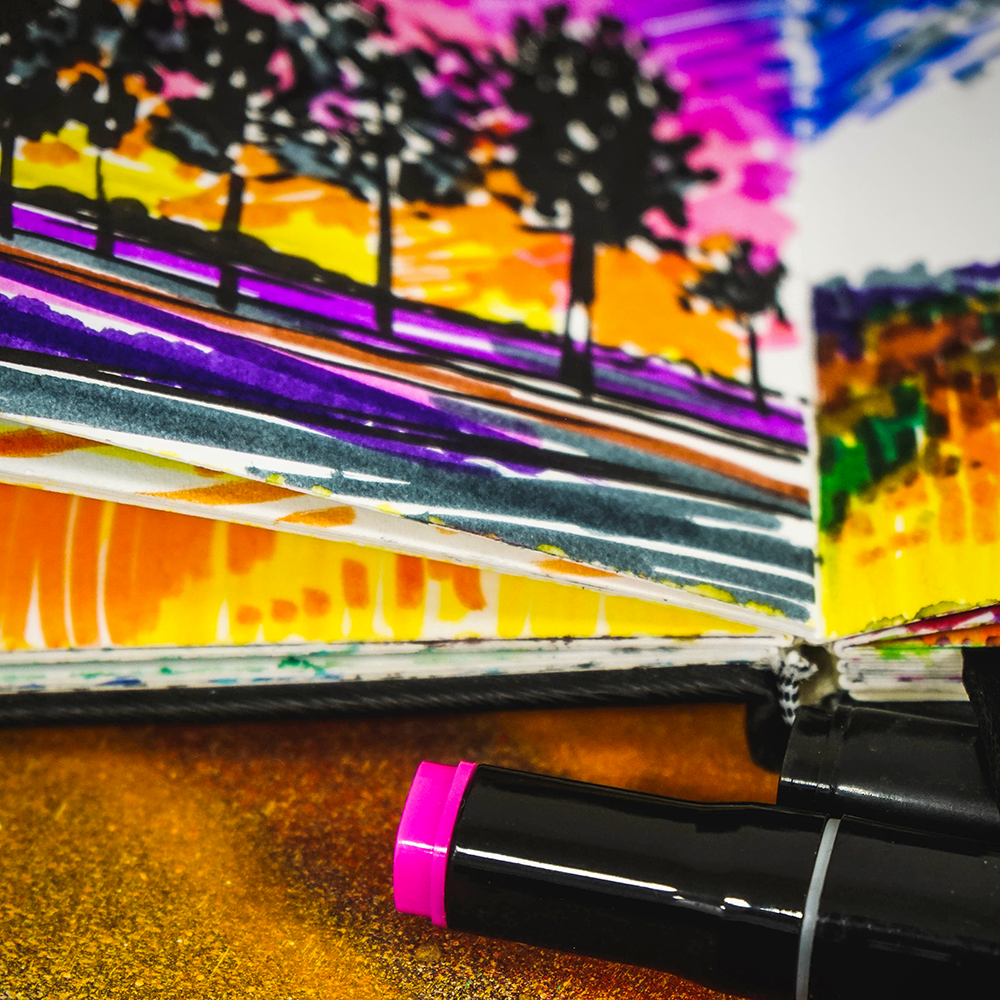
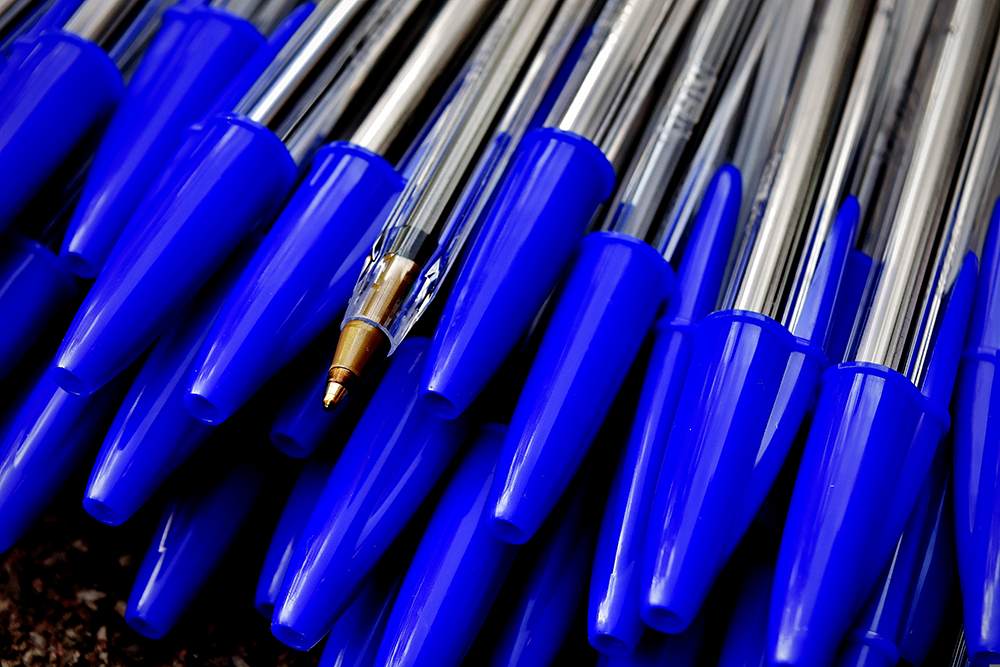
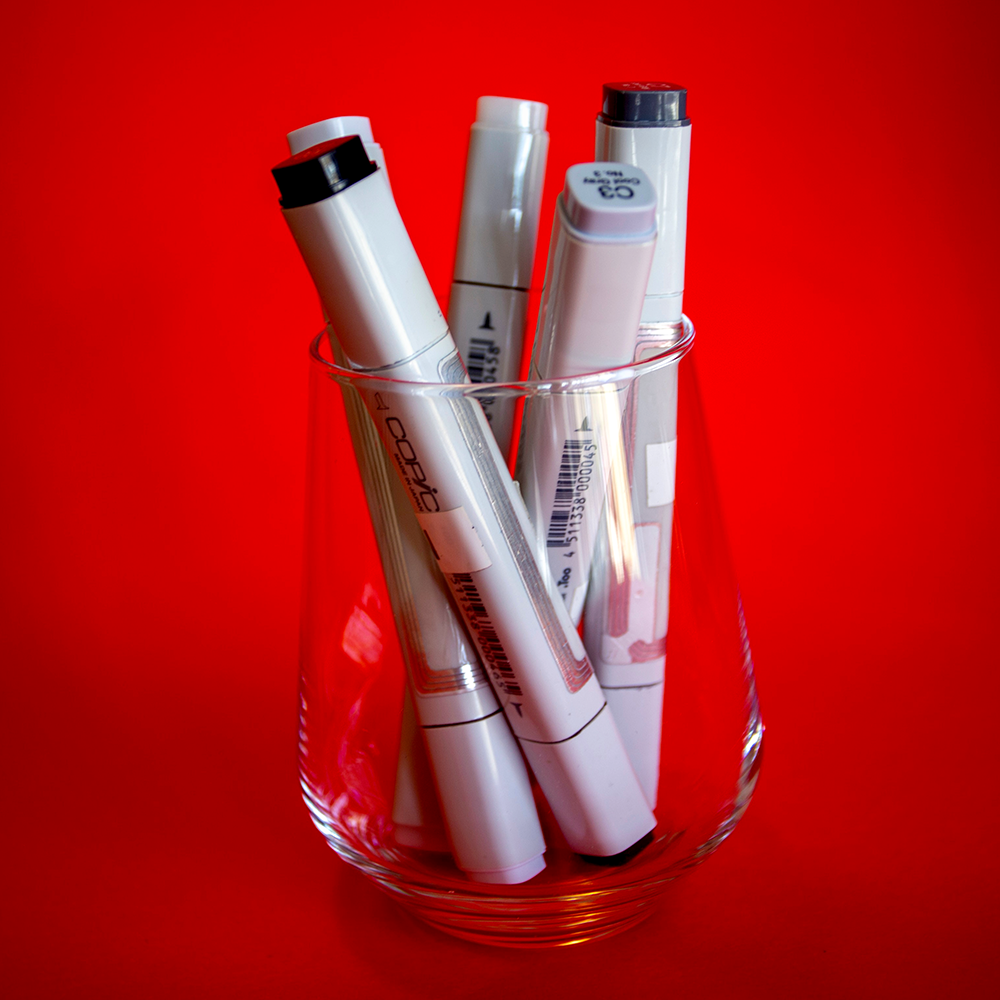
Versatile Pen Sets: A Palette of Possibilities
Versatile pen sets offer artists a range of options in one convenient package.
These sets often include pens with different nib sizes, ink types, and colors, providing artists with the tools they need for a variety of projects.
Pen sets are a great way for artists to experiment with different types of pens and find their perfect pen.
They also make great gifts for artists and creators!
Finding the Perfect Pen for You
As an artist, finding the perfect pen is like finding a soulmate — it takes time and experimentation.
Each type of pen has its benefits and limitations, and ultimately the right pen for you will depend on your artistic style, technique, and budget.
Try out different brands and types of pens to discover which one feels most comfortable in your hand and produces the desired results.
Don't be afraid to mix and match different pens depending on the artwork you're creating; many artists use a combination of pens to achieve specific effects.
Remember, the key to creating great art is not just about having the right tools but also knowing how to use them effectively.
Here are some of the various types of brands and pens used by artists:
- Sakura Pigma Micron
- Pentel Pocket Brush Pen
- Staedtler Pigment Liner
- Faber-Castell PITT Artist Pens
- Copic Multiliner SP
- Uni Pin Fineliner Pens
- Tombow Dual Brush Pens
Ultimately, the perfect pen is one that inspires you to create and helps bring your artistic vision to life.
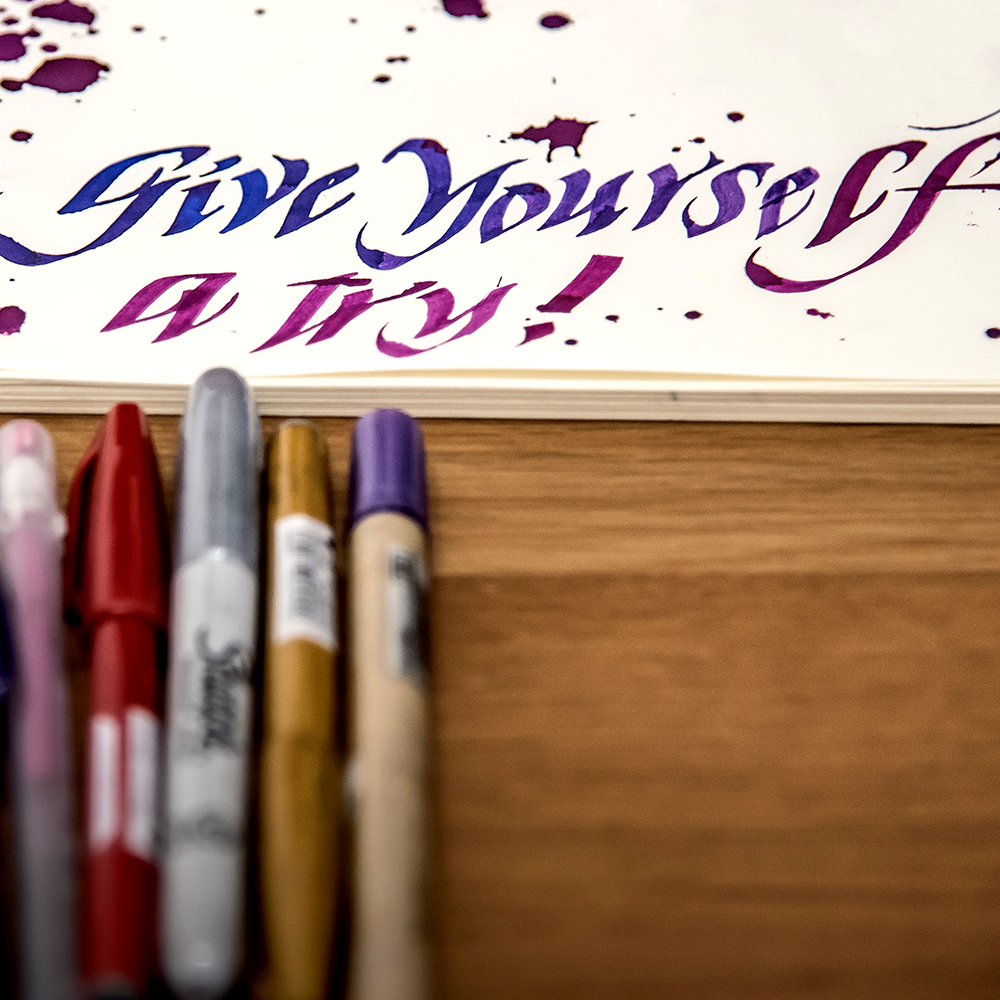
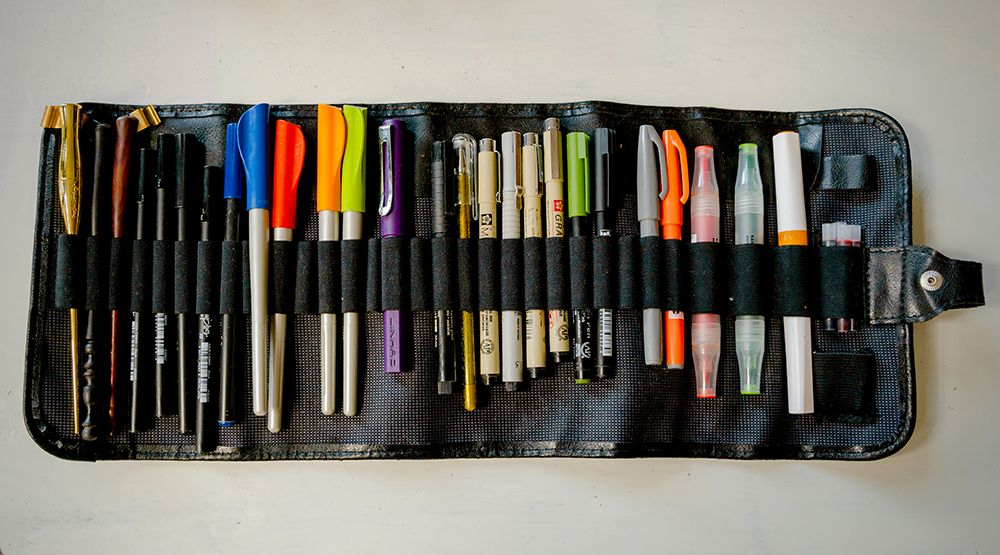
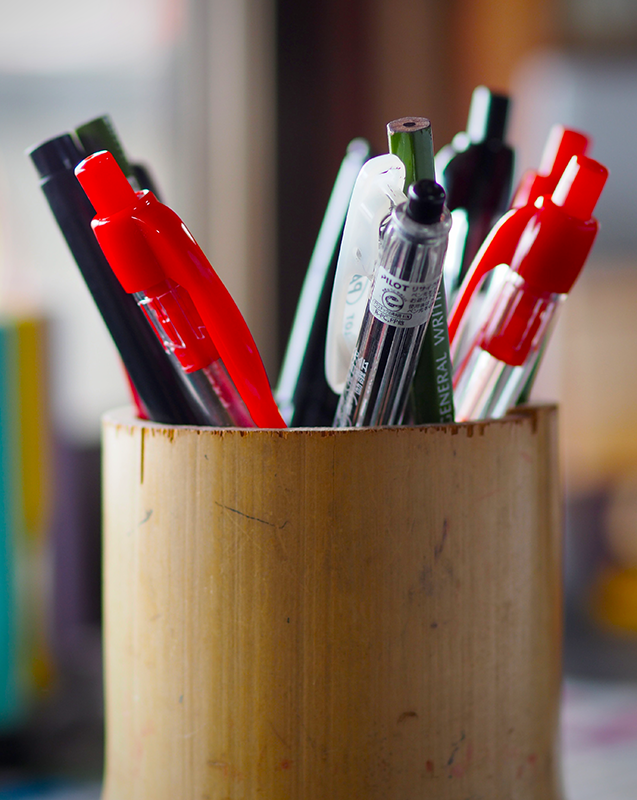
Sakura Pigma Micron Pens: Precision Ink Pen
Sakura Pigma Micron pens are a favorite among artists for their archival quality ink and precision.
These pens offer a range of nib sizes, from fine tip to brush tip, making them suitable for everything from intricate line art to bold, expressive strokes.
The pigment ink is fade-resistant and does not bleed through paper.
Pentel Pocket Brush Pen: The Artist's Brush in Pen Form
The Pentel Pocket Brush Pen is a unique tool that combines the flexibility of a brush with the convenience of a pen.
With its brush nibs, artists can create thin lines, thicker lines, and varying textures.
The pen's refillable cartridges and high-quality ink make it a sustainable and reliable choice for artists.
Staedtler Pigment Liner: A Technical Marvel
Staedtler Pigment Liner pens are designed for precision and durability.
These technical pens feature long metal tips that are ideal for use with rulers and templates.
The ink is fade-resistant and waterproof, ensuring that artwork lasts.
They are perfect for creating consistent lines and detailed drawings.
Tombow Dual Brush Pens: Dual-Ended Versatility
Tombow Dual Brush Pens offer artists a versatile pen with two tips: a fine point for detailed work and a brush tip for broader strokes.
These pens are popular for their blendable dye ink and are often used in conjunction with other pens to create dynamic and colorful art pieces.
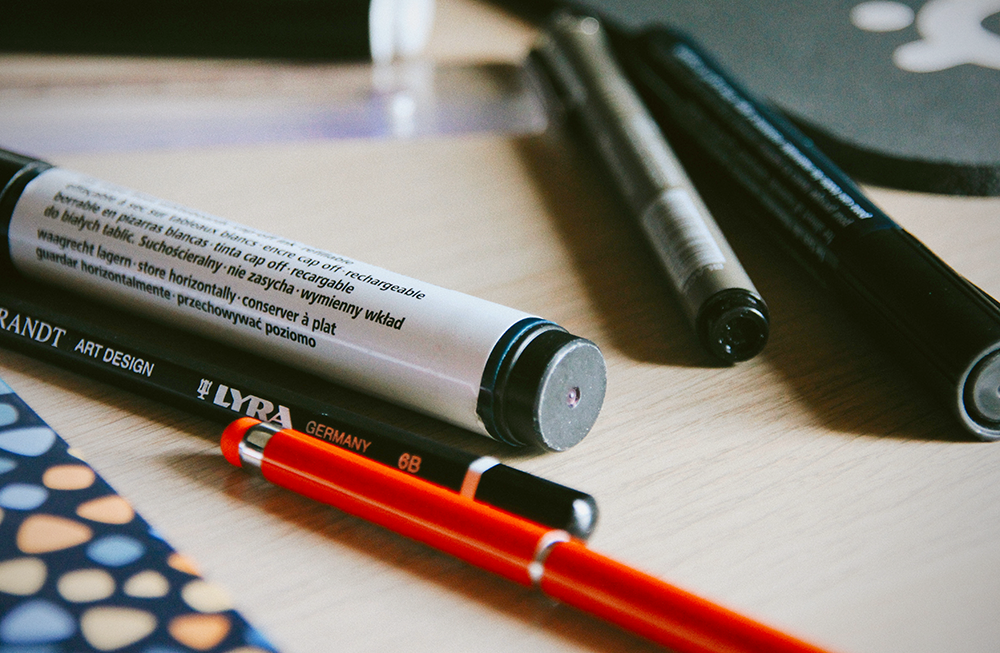
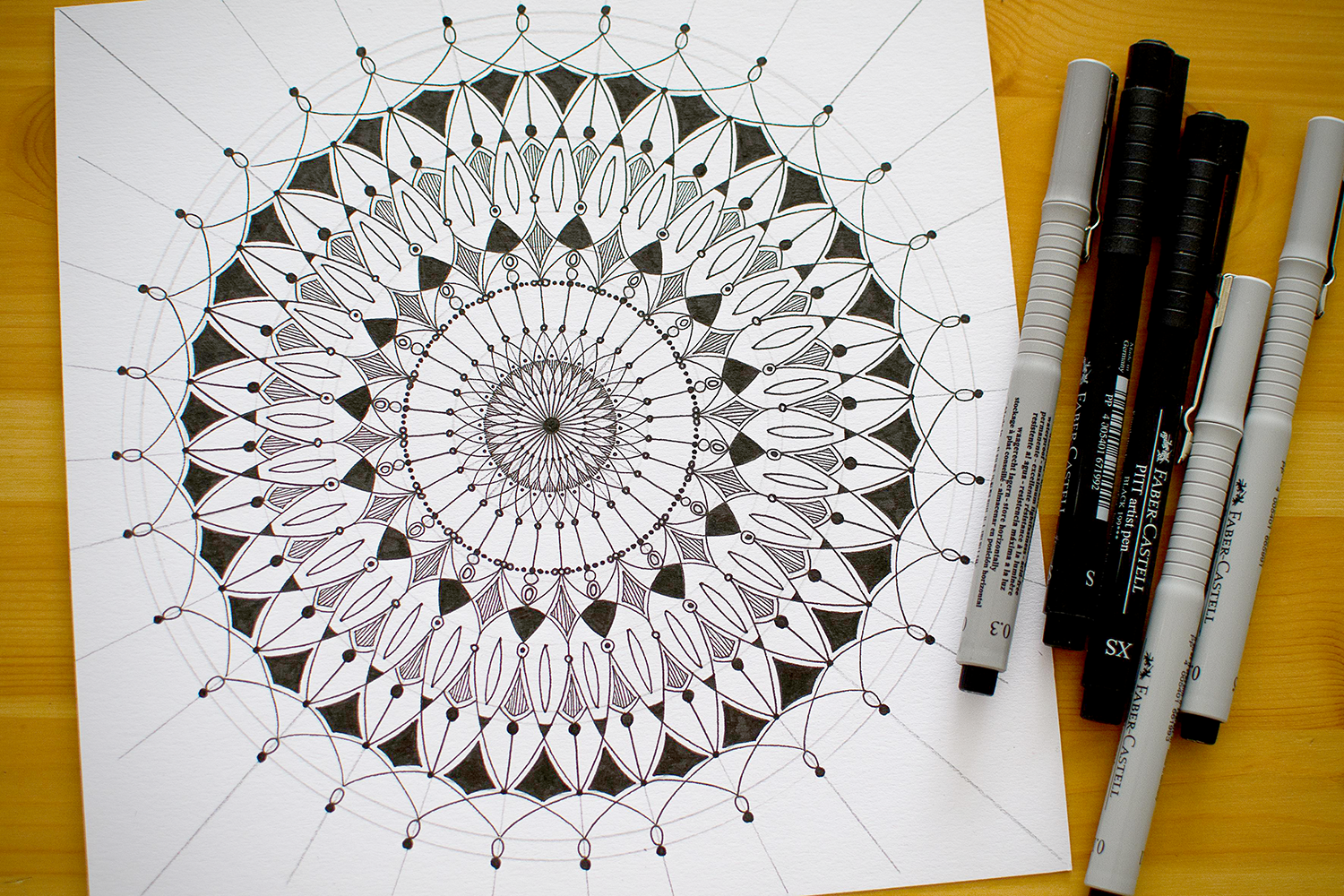
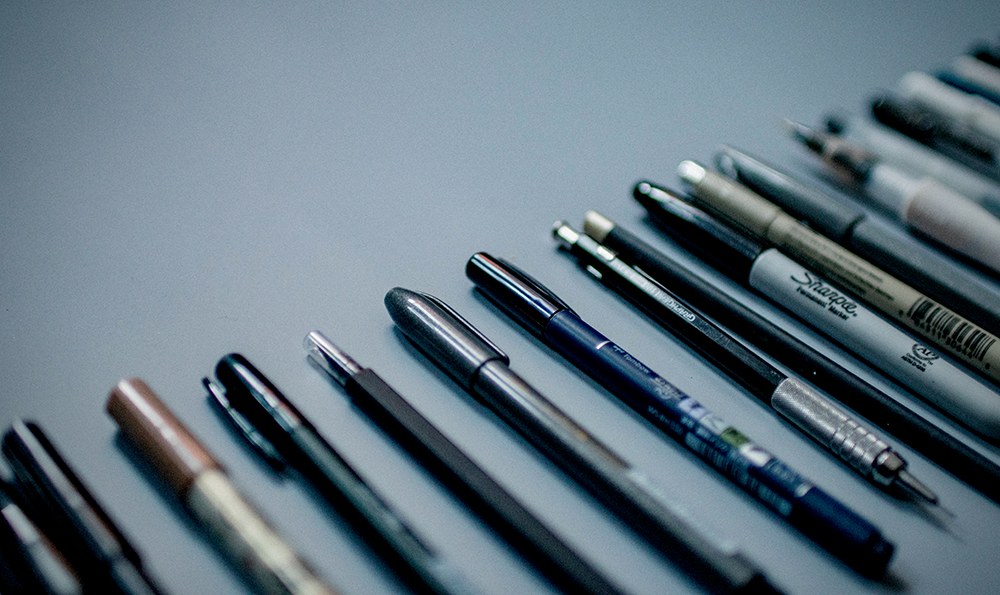
Evolution of Pens: From Quill to High Quality Pen
The artist's toolkit has evolved significantly over the centuries, with the development of high quality pens tailored to their needs.
The quill, once the mainstay of writers and artists alike, has given way to modern innovations such as the fountain pen and the Sakura Pigma Micron Pen.
These pens offer unparalleled precision and a range of ink flows that cater to the varied strokes required in artistic work.
The fountain pen, with its customizable nibs and the ability to use a wide range of inks, remains a favorite for its expressive line quality and ergonomic design that reduces hand fatigue during long drawing sessions.
In contrast, the Sakura Pigma Micron Pen is a technical pen that has gained popularity for its fade-resistant, archival-quality black ink.
Its long metal tip provides a consistent line width, making it ideal for detailed work where precision is paramount.
Artists often choose these pens for their reliability and the confidence that their work will remain vibrant over time.
The micron pen's ability to produce clean lines without requiring too much pressure allows for a smooth drawing experience, which is essential when working on intricate designs or when precision is key.
With the evolution of pens and their ink formulations, artists now have a vast array of tools at their disposal, allowing them to create unique and expressive art pieces.
Whether it's a traditional dip pen or a modern gel pen, each type offers its own set of advantages that cater to different artistic styles and techniques.
Ergonomic Pen Designs: Crafting Comfort
Artists often spend hours perfecting their craft, which is why the design of an art pen goes beyond aesthetics and into the realm of ergonomics.
An ergonomic ballpoint pen or gel pen is crafted to fit comfortably in the hand, reducing fatigue during long drawing sessions.
These pens typically feature contoured grips made from soft materials that cushion the fingers, allowing for a more relaxed hold and greater control over line work.
In addition to comfort, the weight distribution of a pen is crucial.
A well-balanced rollerball pen or felt tip pen can provide a natural feel in the hand, making it easier to create smooth, consistent strokes.
Some ergonomic pens also boast features like retractable tips or clip designs that prevent them from rolling off the table, ensuring that the artist's tools are always within easy reach and ready to capture inspiration as it strikes.

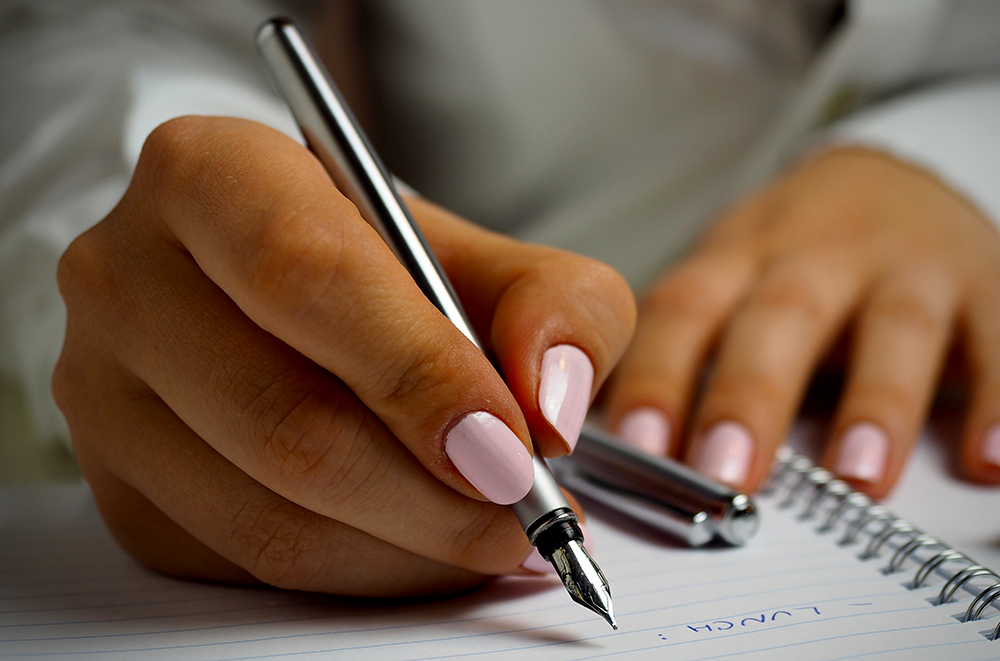
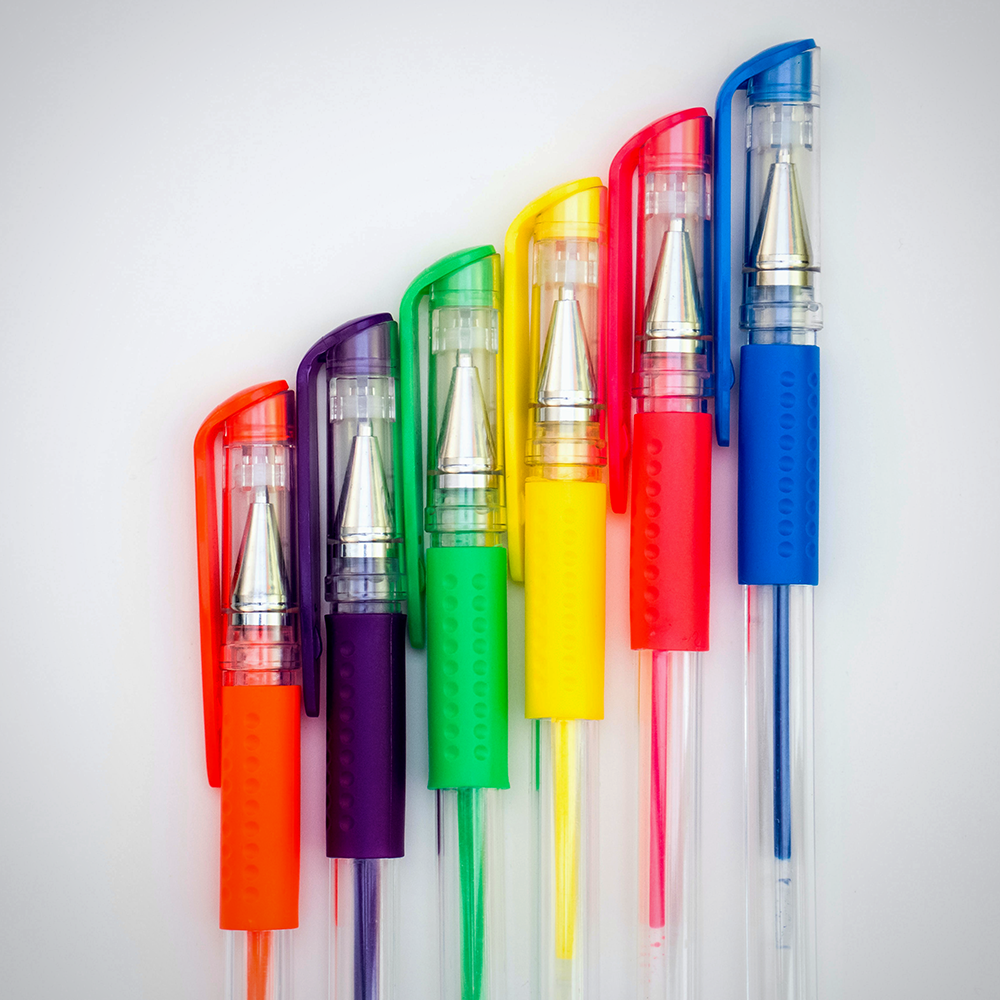
Fade Resistant Inks: A Vital Feature for Artists
Fade resistant inks are a critical consideration for artists who want their work to stand the test of time.
These inks are formulated to be less susceptible to the effects of light, air, and moisture, which can cause discoloration and deterioration over time.
By using fade resistant pens, artists can ensure that their drawings, illustrations, and writings maintain their original vibrancy and clarity for years to come.
This is particularly important for pieces that will be displayed or sold, as it guarantees the longevity of the artwork.
In addition to their durability, fade resistant inks often provide a richer and more consistent color payoff, which is essential for creating impactful art.
Many professional-grade pens now boast this feature, catering to artists who demand high-quality results.
For instance, archival pens that use pigment-based inks are renowned for their ability to resist fading.
When selecting pens, artists should look for terms like "lightfast," "archival quality," or "fade resistant" to ensure they are getting the best materials for their work.
The Science Behind Fade Resistance
Understanding the science behind fade resistance can help artists make more informed choices about the pens they use.
The key lies in the chemical composition of the ink.
Pigment-based inks, as opposed to dye-based inks, contain solid particles that adhere to the paper and are less prone to breaking down under UV light.
This makes them an excellent choice for artists who require their work to have a lasting presence.
Manufacturers often conduct extensive tests to measure the fade resistance of their inks, sometimes simulating years of exposure to sunlight in a short period to gauge the ink's durability.
These tests help in developing inks that can withstand various environmental factors without losing their color intensity.
Artists who specialize in outdoor sketches, or those who frequently exhibit their work in well-lit areas, should prioritize the use of fade resistant pens to protect their art from the inevitable exposure to light.
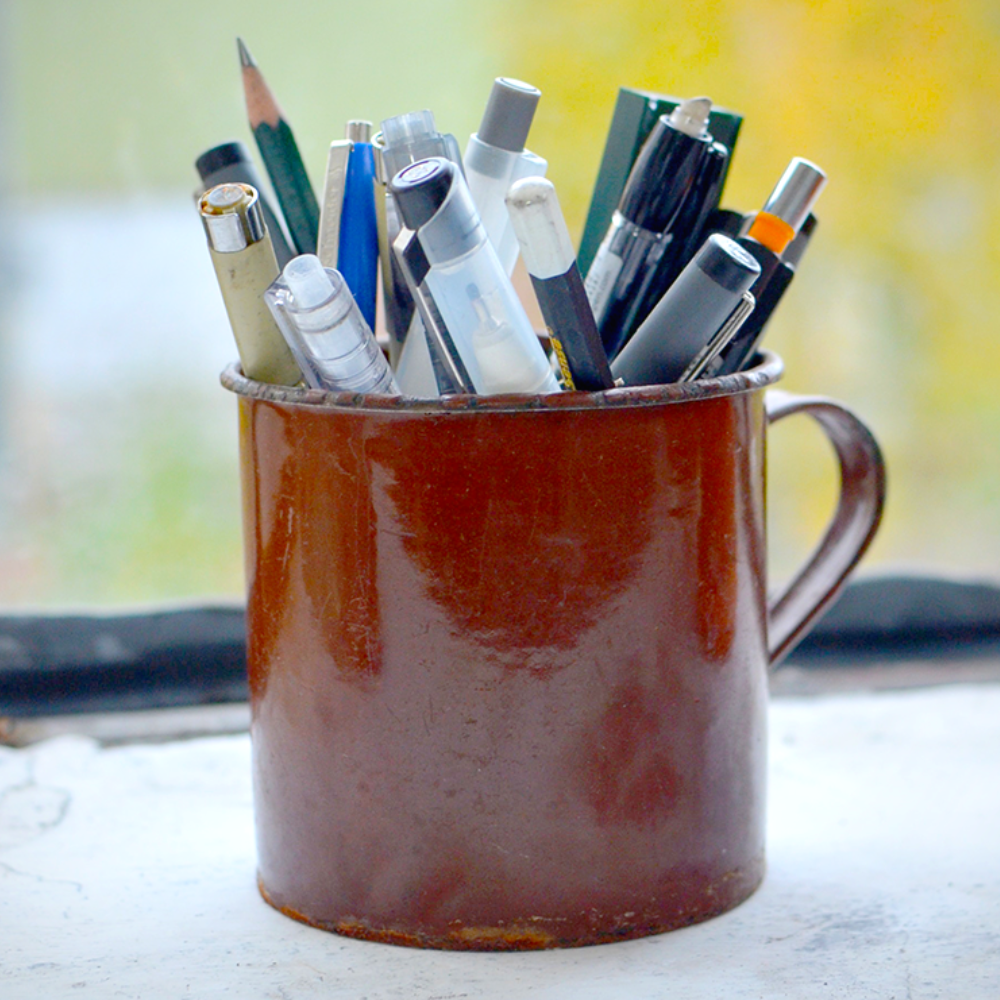
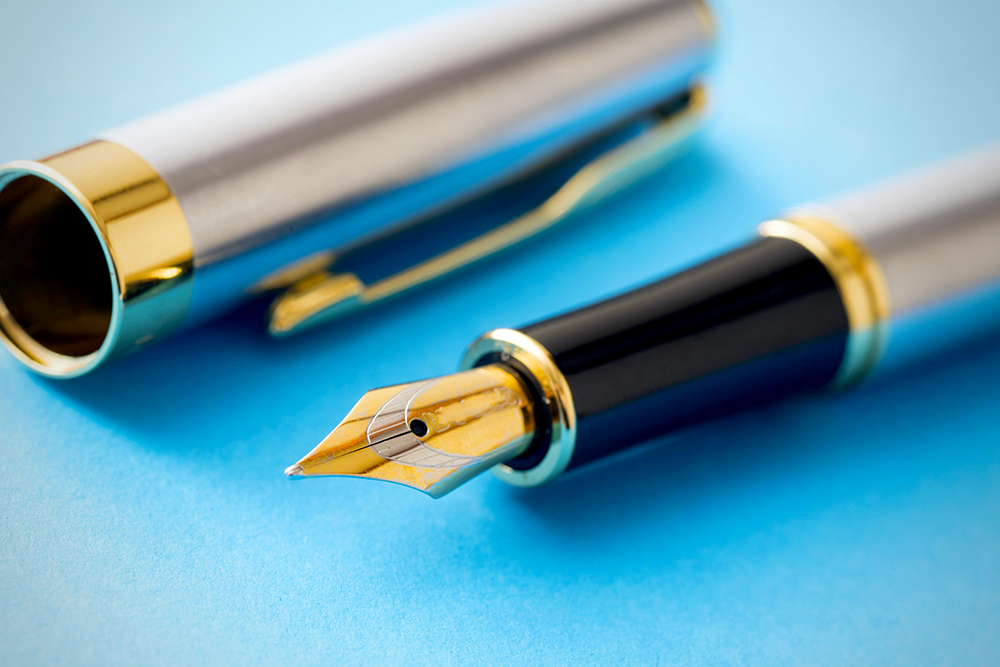

Lightfast Inks: Ensuring Longevity in Artwork
When it comes to preserving the integrity of artwork, the use of archival pen options with fade-resistant ink is paramount.
Artists who work with pen and ink need to trust that their lines and shadings will stand the test of time without fading or discoloration.
Archival pens are filled with high-quality, fade-resistant inks that are designed to be water-resistant and pH-neutral, which prevents the artwork from deteriorating due to environmental factors.
Moreover, the ink used in these pens is often pigment-based rather than dye-based, which contributes to its lightfast properties.
Whether it's a dip pen with a reservoir of specialized ink or a felt tip pen with a built-in cartridge, the goal is to ensure that each stroke remains as vivid and crisp years down the line as it was the day it was drawn.
This commitment to longevity is what makes archival pens a staple in the collections of professional artists and conservators alike.
The Role of Pen Sets in Artistic Flexibility
Pen sets have become a staple for artists who value versatility in their work.
A comprehensive pen set often includes a variety of artist pens, such as gel pens, rollerball pens, and felt tip pens, each offering a unique contribution to the artist's palette.
Gel pens are celebrated for their bold and vibrant lines, while rollerball pens are lauded for their smooth ink flow and consistent performance.
Felt tip pens, on the other hand, are chosen for their ability to create expressive strokes that mimic the look of traditional brushwork, yet with the convenience of a pen.
For artists who frequently switch between different styles and techniques, the best drawing pen set is one that encompasses all the pens necessary for their work.
A high-quality pen set not only provides a range of nib sizes and ink types but also ensures that each pen is designed to be fade-resistant and durable.
This allows artists to seamlessly transition from one pen to another, confident in the knowledge that their tools will perform to the highest standard.
Whether sketching, inking, or adding fine details, a well-curated pen set is an invaluable asset for any artist.
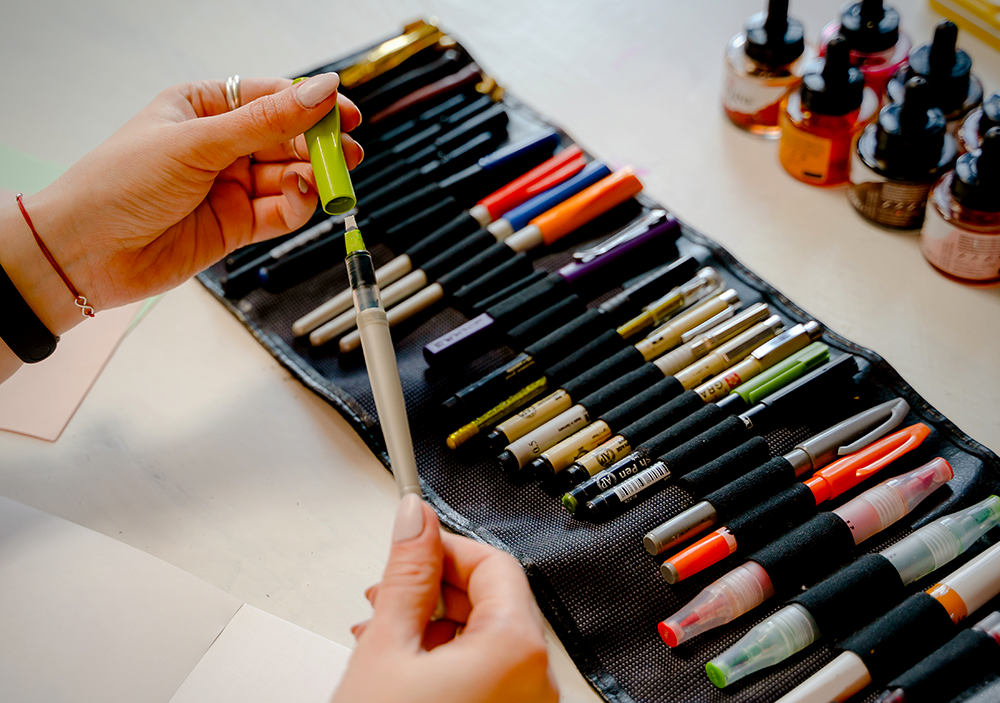
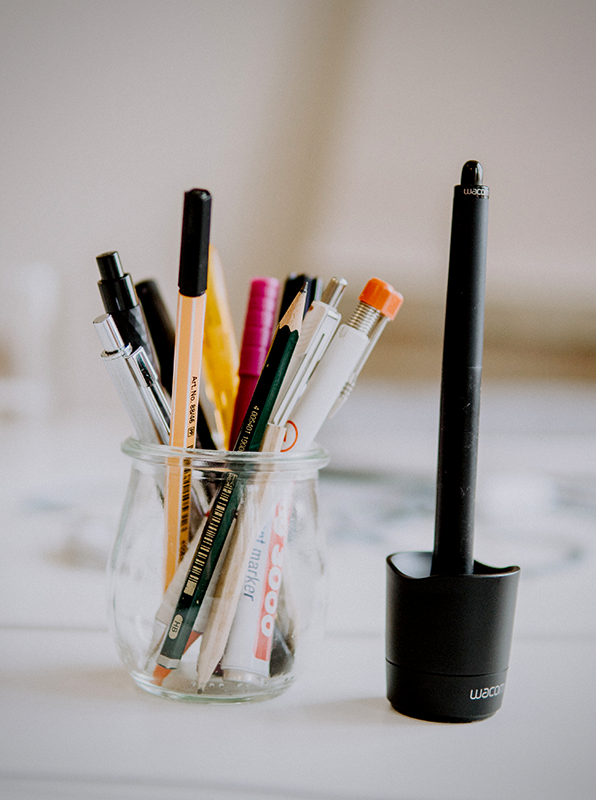
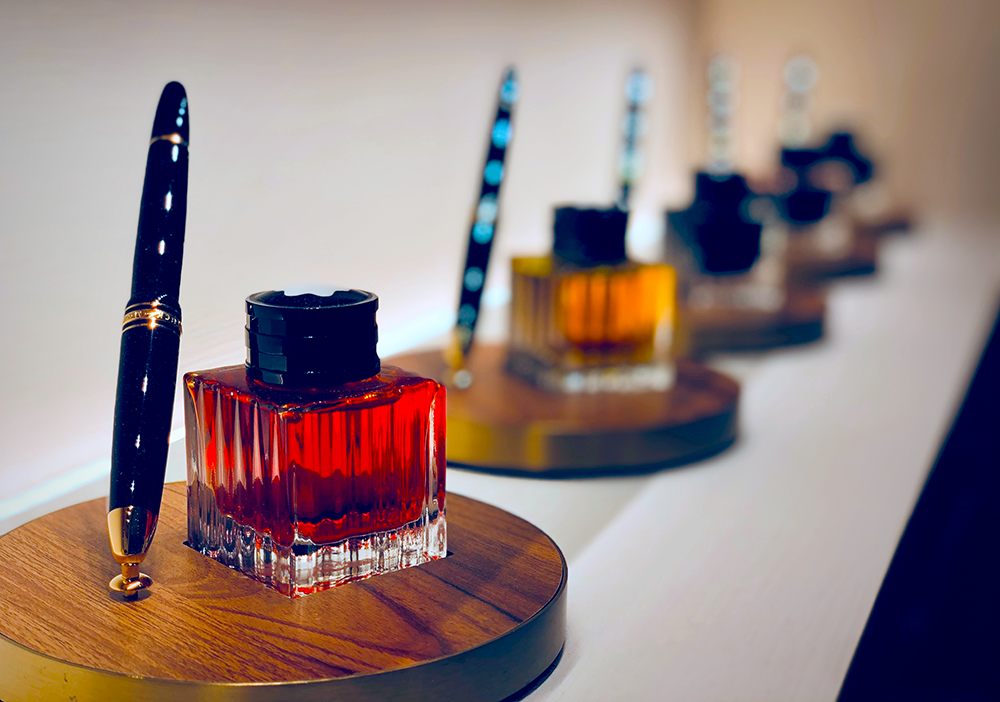
Different Types of Pens: Exploring the Options
Exploring different types of pens is essential for artists to find the best drawing pens for their style and technique.
From brush nibs to fine tips, each pen offers unique advantages.
Artists should consider trying out various pens to discover which ones suit their work best.
For instance, those who primarily create line art may prefer the precise lines of a technical pen or the expressive strokes of a brush pen.
On the other hand, artists who use pens for coloring and shading may find that gel pens or felt tip pens provide more versatility and control.
Mixing and matching different types of pens is also an option, allowing artists to create layered and textured effects.
Some artists may choose to work with traditional dip pens, which require frequent dipping into ink but offer a wide range of nib options for creating different line qualities.
Others may opt for modern gel pens or rollerball pens that come in compact sizes and are easy to use on the go.
The key is to experiment and find what works best for you and your needs.
The Perfect Pen: A Personal Choice
Artists have a vast array of pens at their disposal, each with its own set of characteristics and advantages.
From the precision of Sakura Pigma Micron pens to the versatility of Tombow Dual Brush Pens, the best pens for artists are those that complement their technique and style.
Understanding the differences between ballpoint pens, fountain pens, gel pens, and other pens is crucial for artists to make informed decisions about their tools.
Whether creating fine art or casual sketches, the right pen can elevate an artist's work and bring their visions to life.
The perfect pen for an artist is a personal choice that depends on their individual needs and preferences.
Whether it's a high-quality pen with archival ink or a disposable pen for quick sketches, the right pen can make all the difference in an artist's work.
Choosing the right pen for your art can be intimidating, but with this guide, you'll be well on your way to finding the perfect pen for your needs.
Regardless of whether you're just starting out or you're a seasoned artist, there's a pen out there for you; the most important thing is to find the one that feels comfortable in your hand and allows you to express your creativity to the fullest.
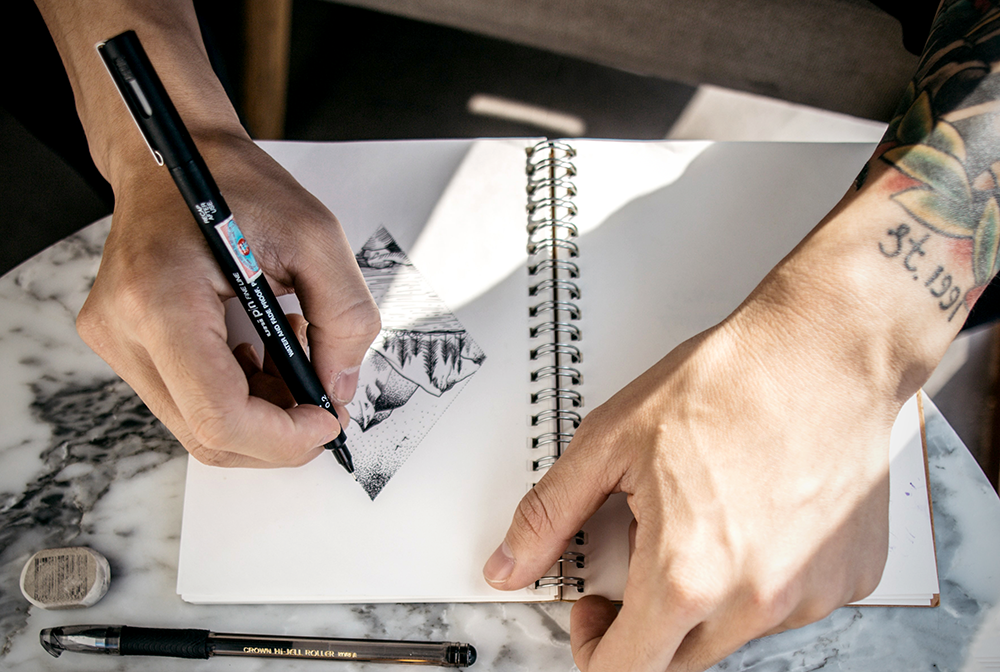
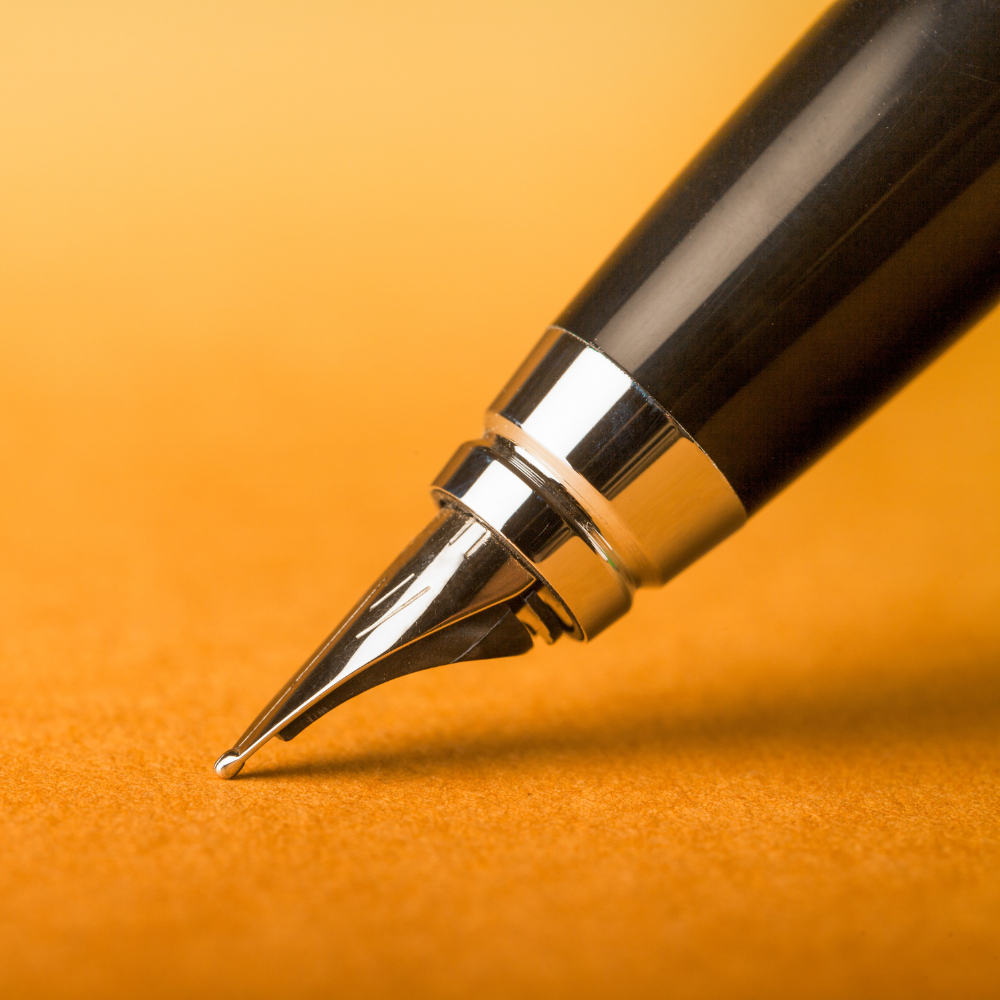
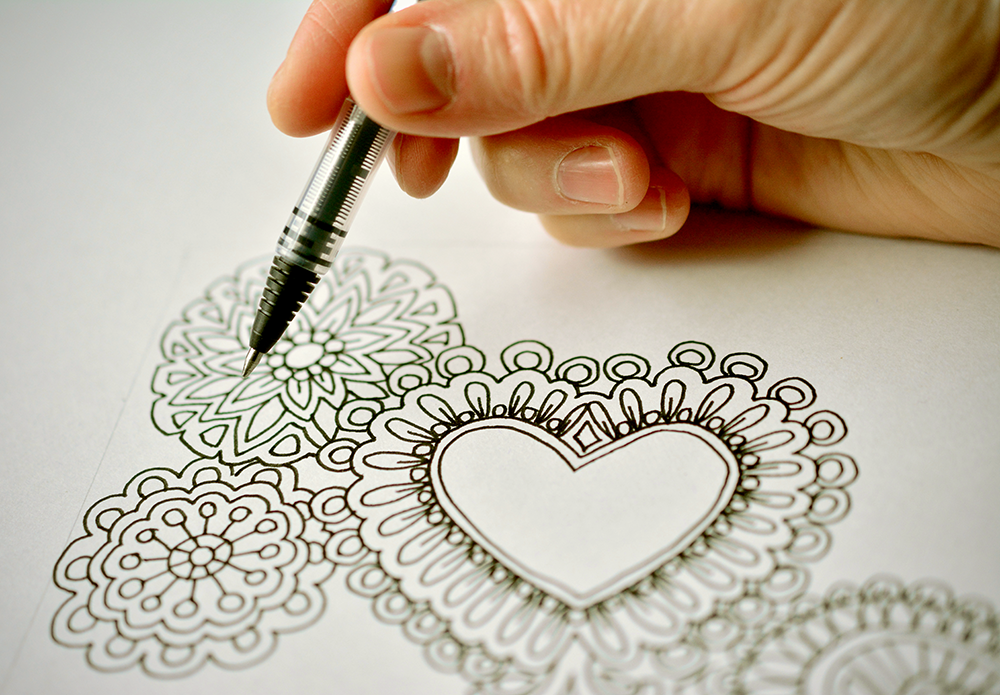
Pen Types FAQ
If you're still unsure about which pen to choose, here are some frequently asked questions that may help you make a decision.
What are the best pens for detailed line art?
For detailed line art, fine tip pens like Sakura Pigma Micron pens and Staedtler Pigment Liner pens are among the best due to their precision and archival quality ink.
Can artists use regular ballpoint pens for their artwork?
Yes, artists can use regular ballpoint pens for their artwork. Ballpoint pens are versatile and can produce a range of line widths, making them suitable for sketching and detailed drawings.
How do artists choose the right pen for their work?
Artists choose the right pen based on factors such as the desired line width, ink type, and the surface they are working on. Experimenting with different types of pens and nib sizes can help artists find the perfect pen for their specific needs.
Interested in learning more about art pens? Check out Art Supply Guide's video!
Want even more content about creativity and art?
Be sure to check out all of our creative chronicles!
Want to learn more about drawing with pens?
Check out some of our other articles:
-Is a fountain pen good for art?
-What is better than a fountain pen?
-Why is my handwriting better with a fountain pen?
